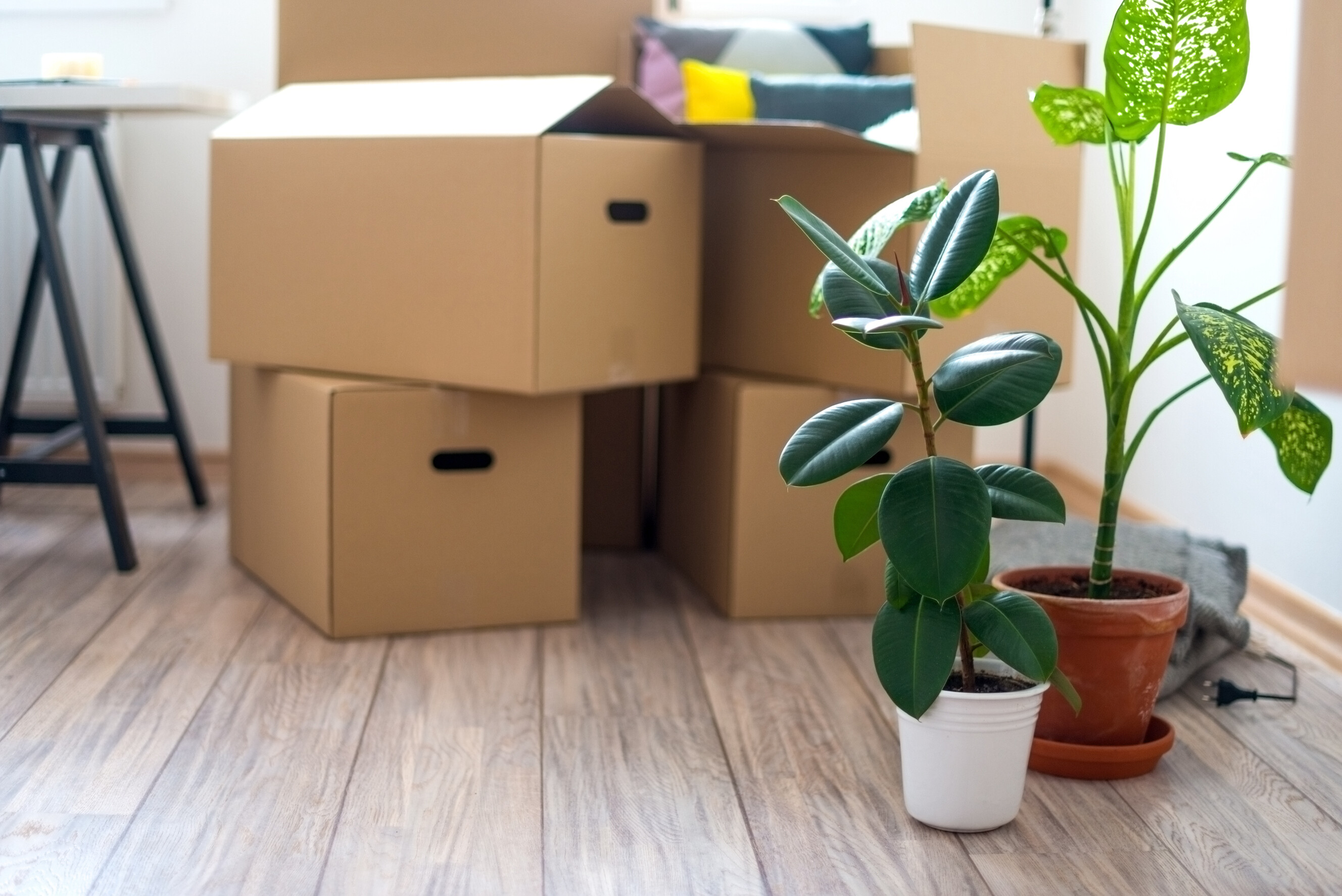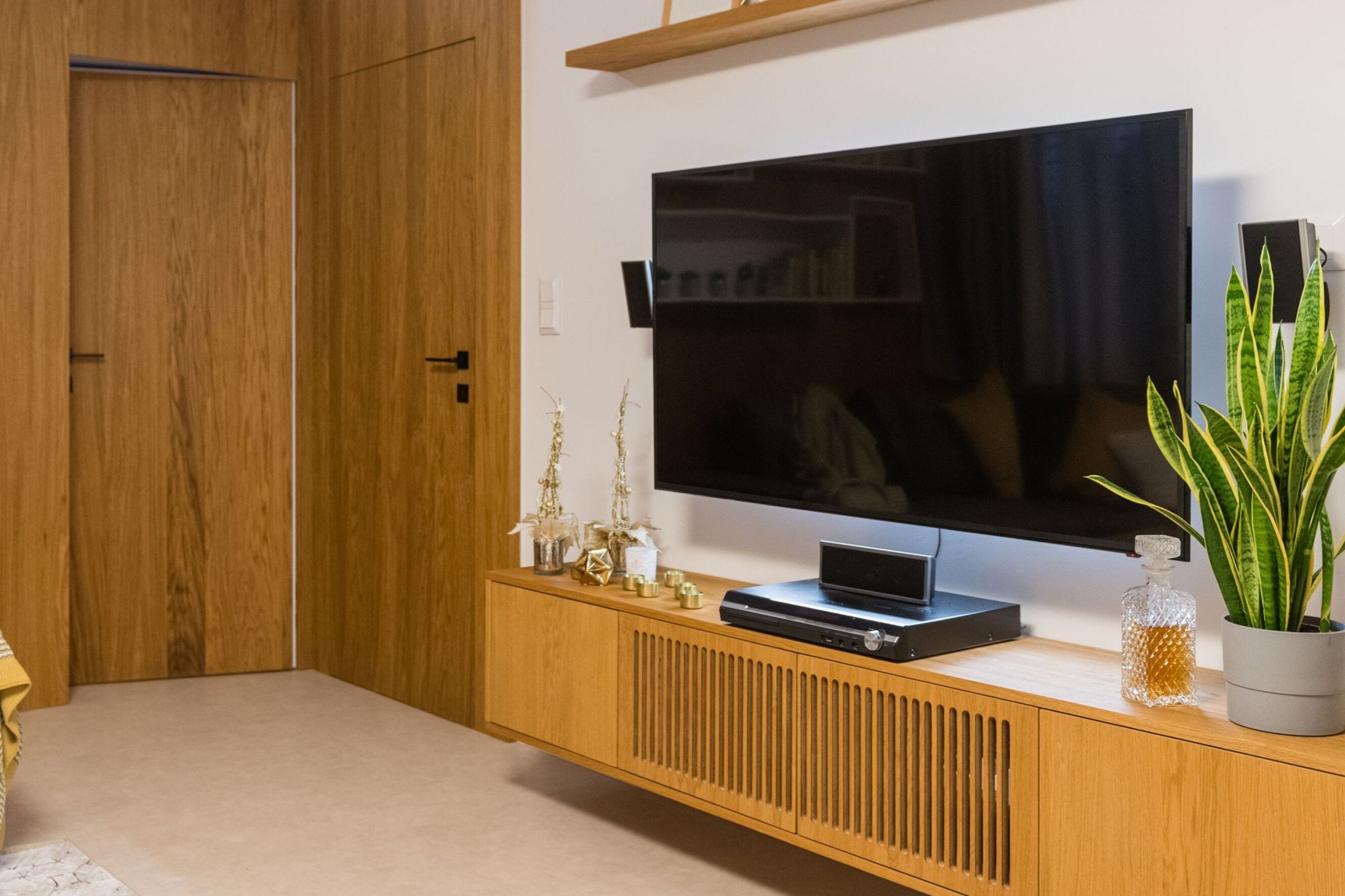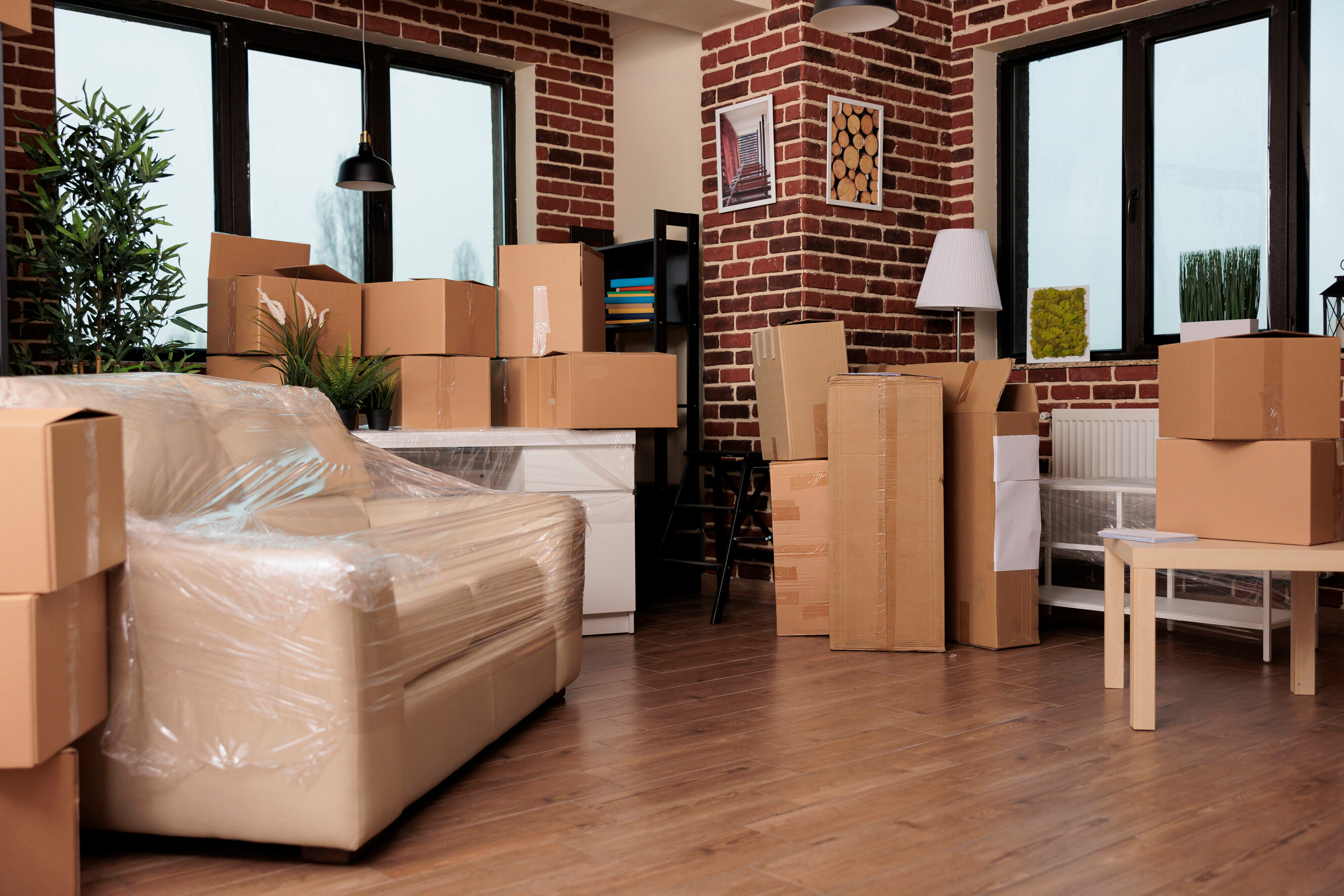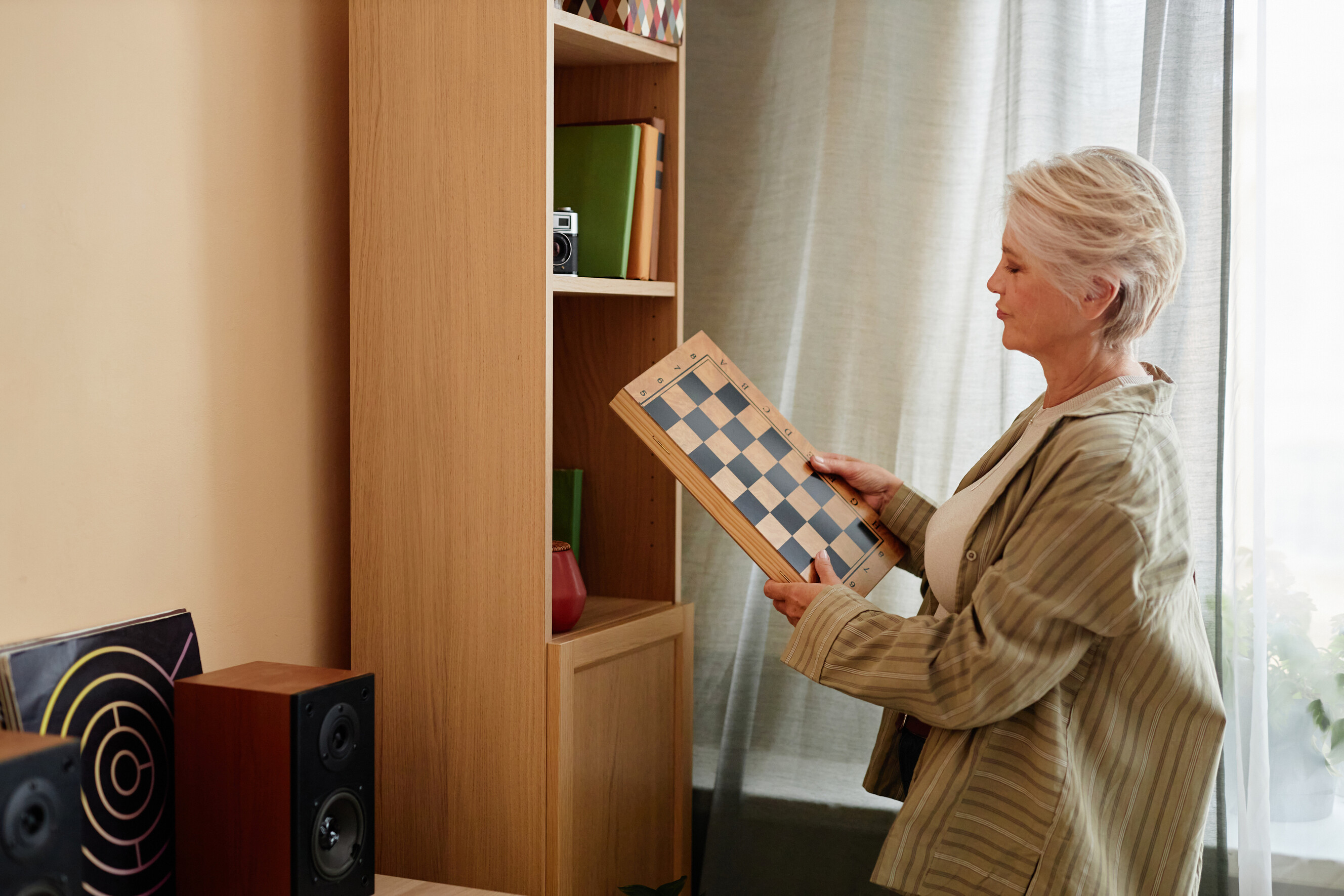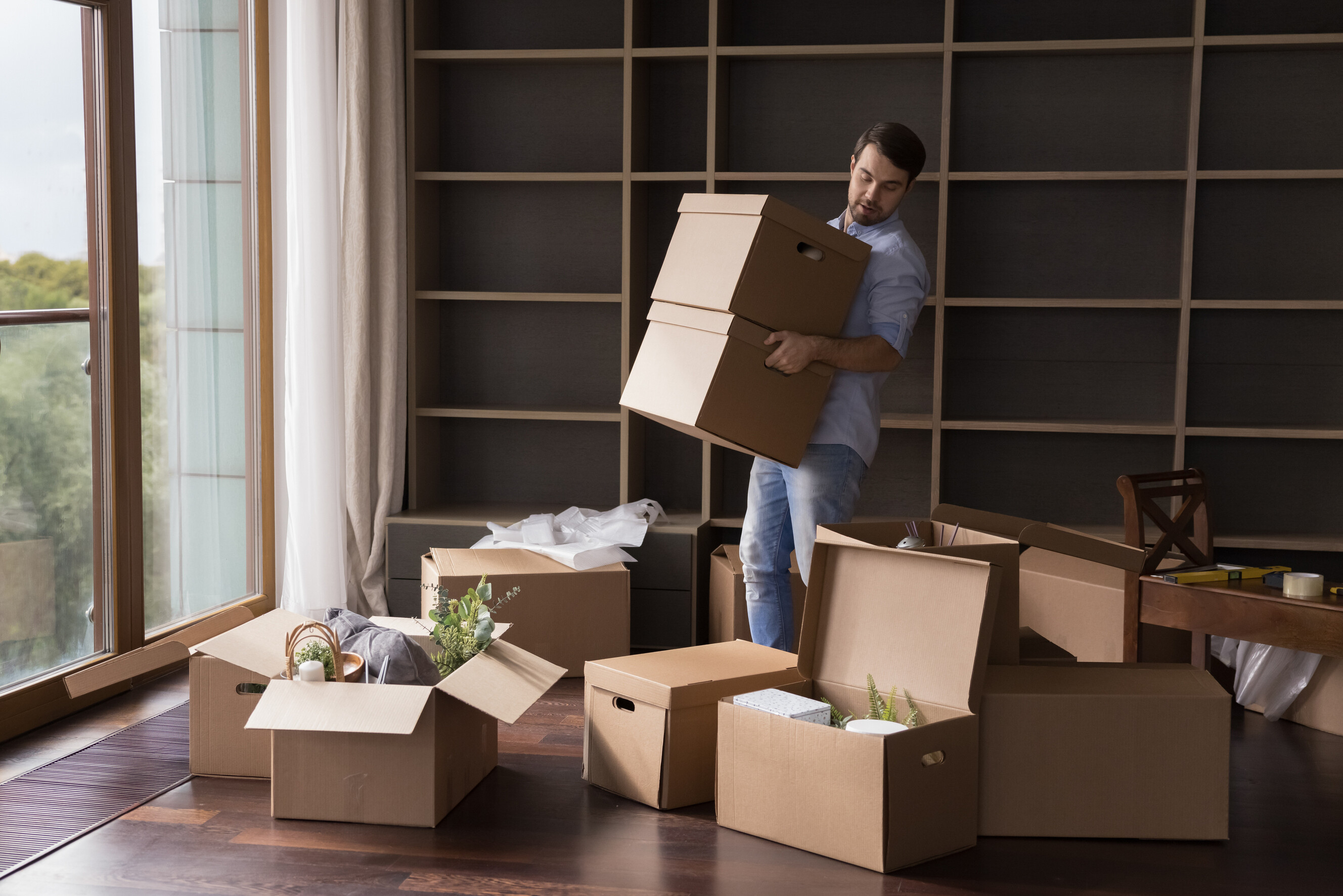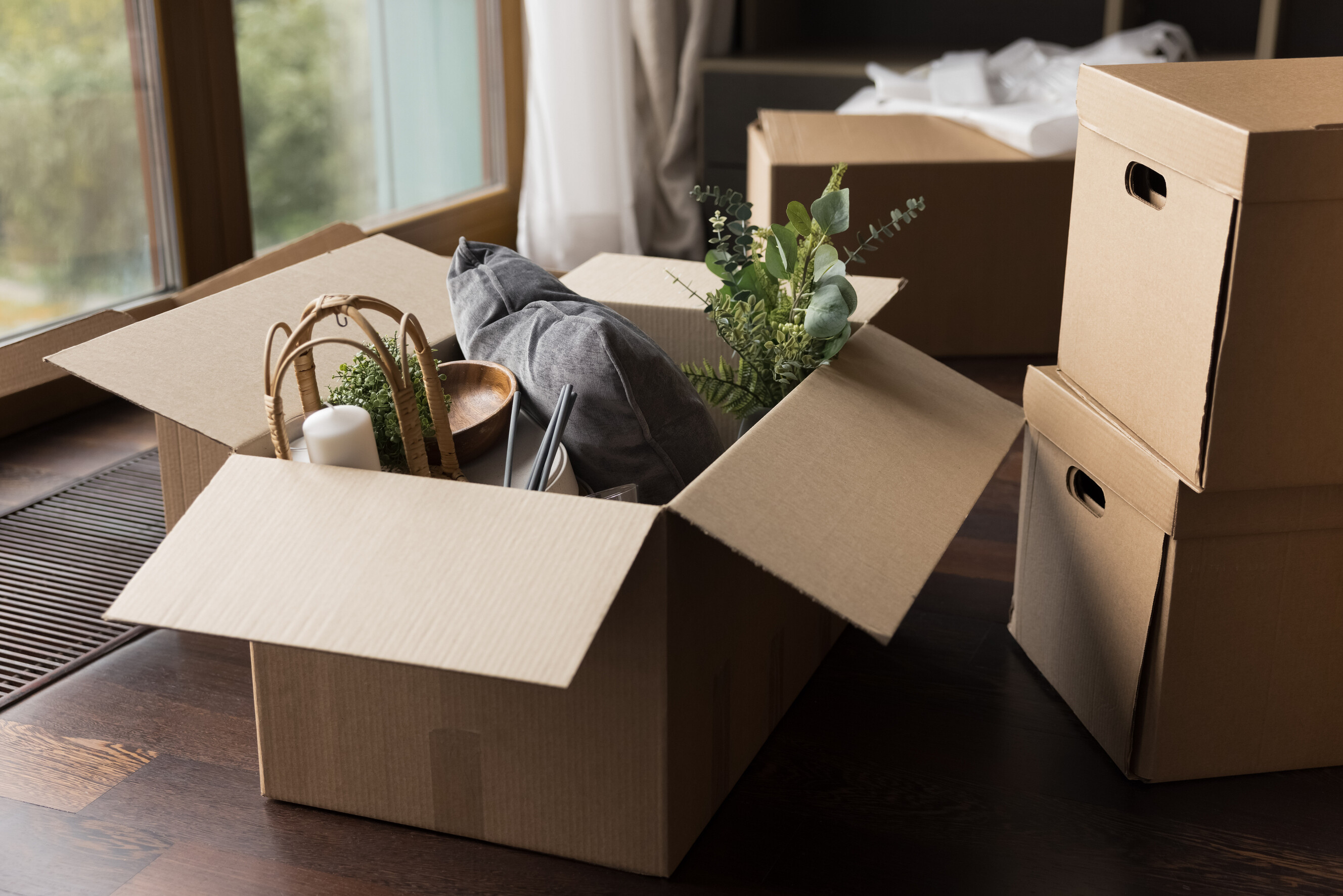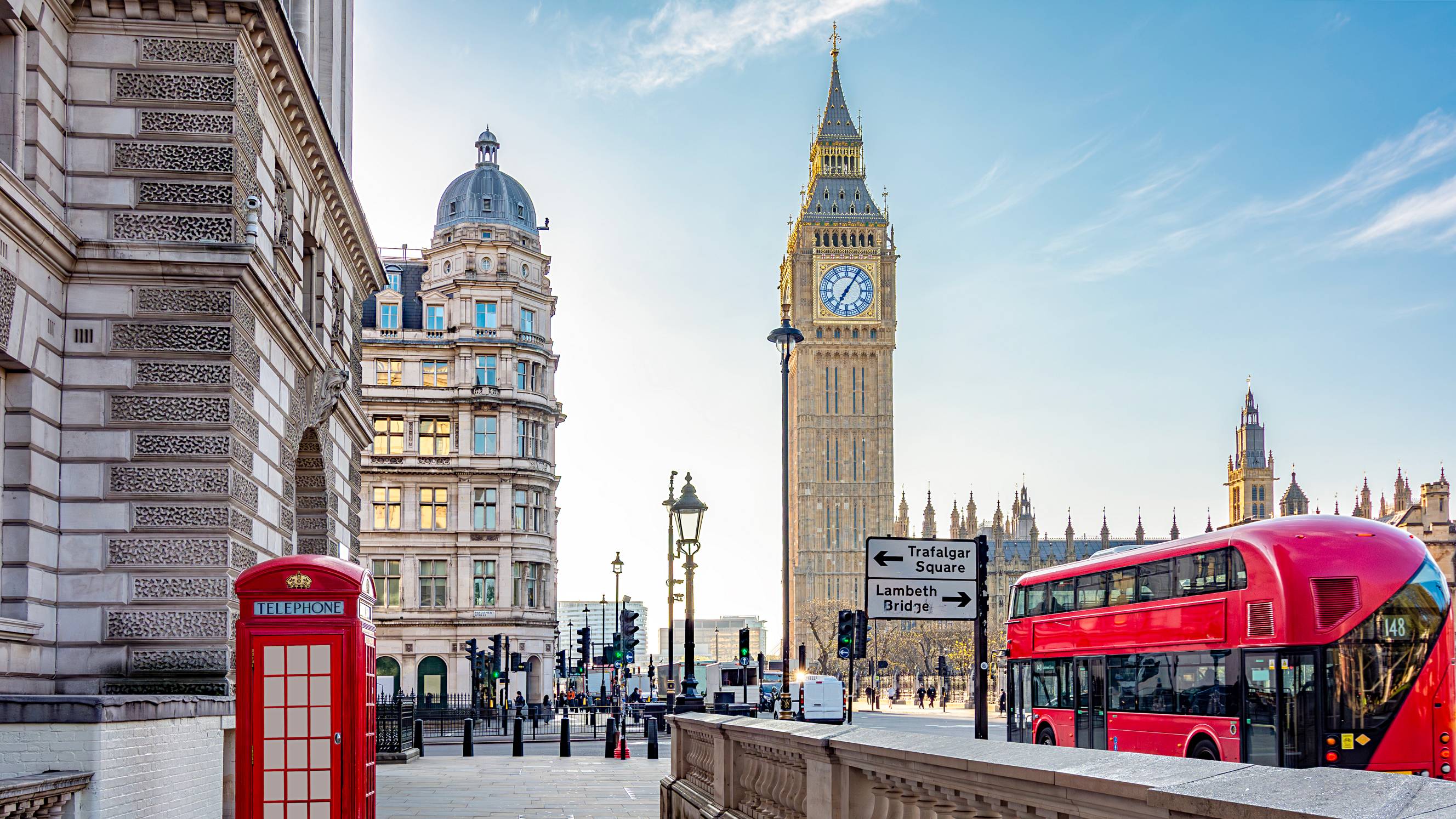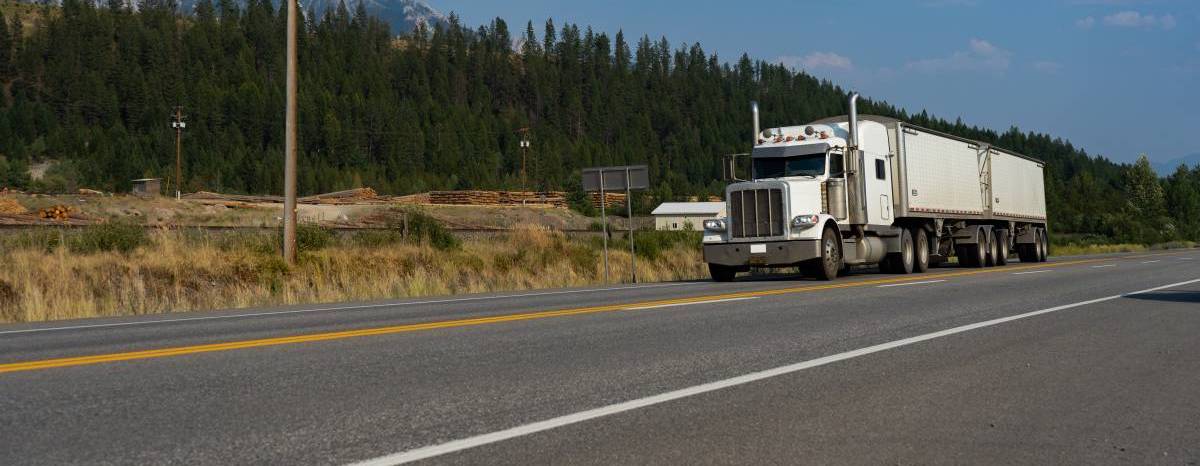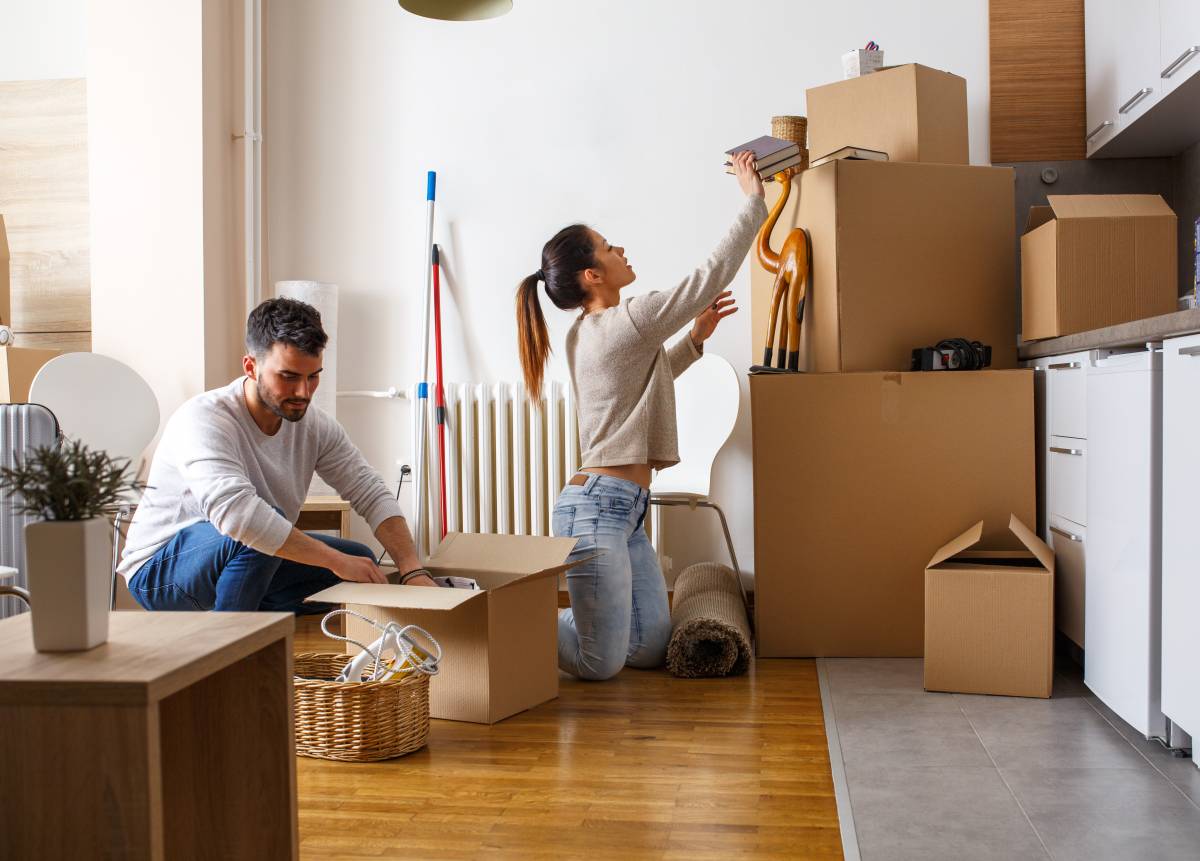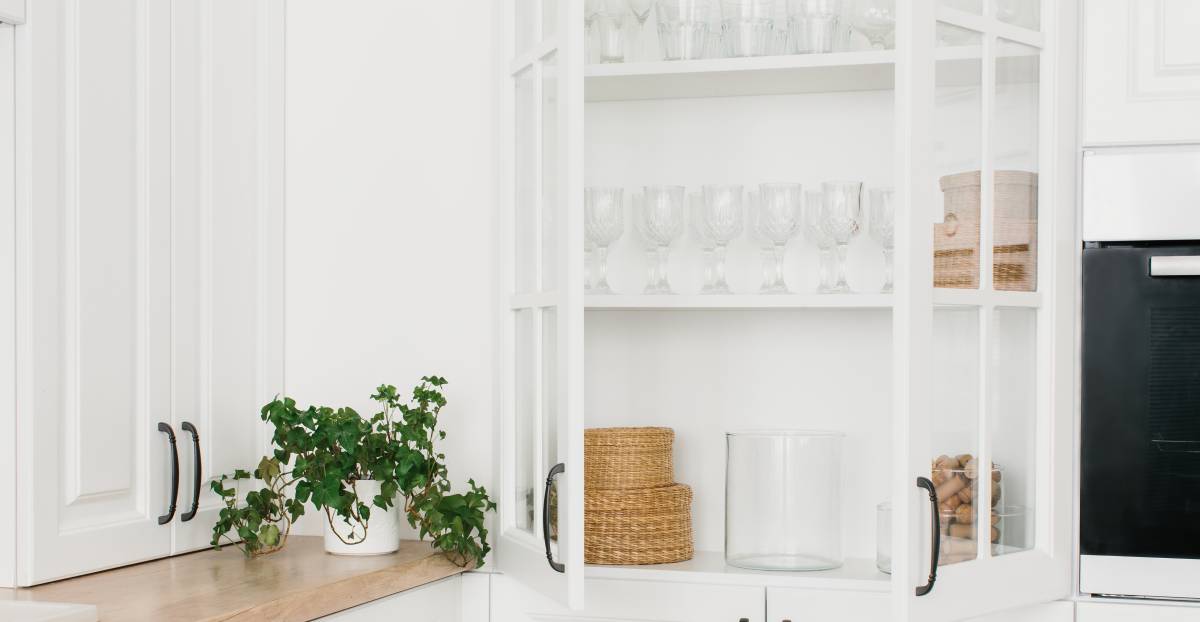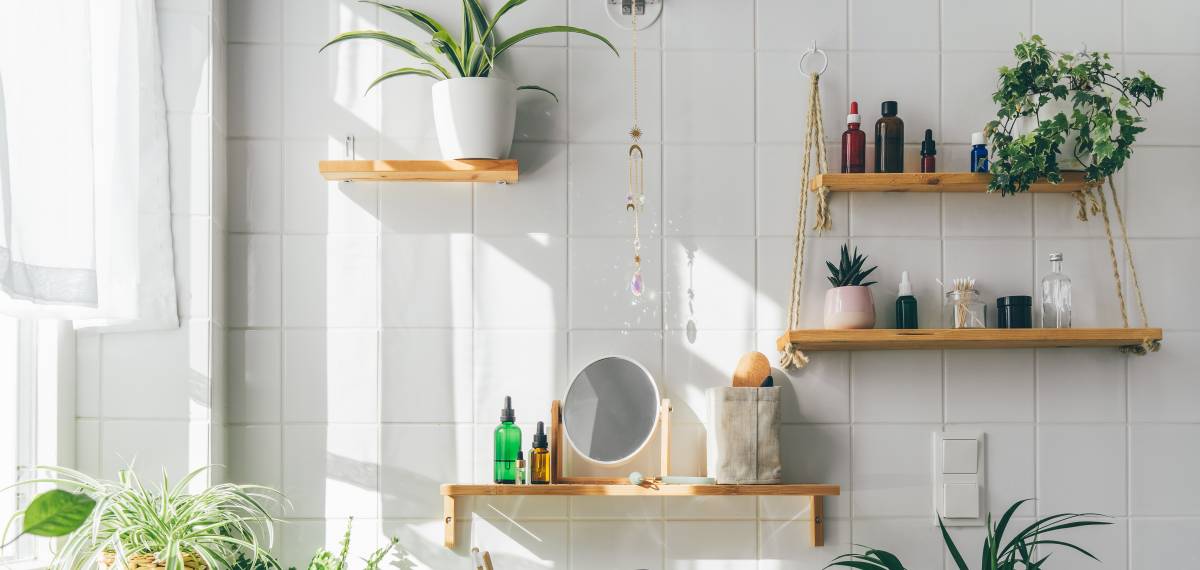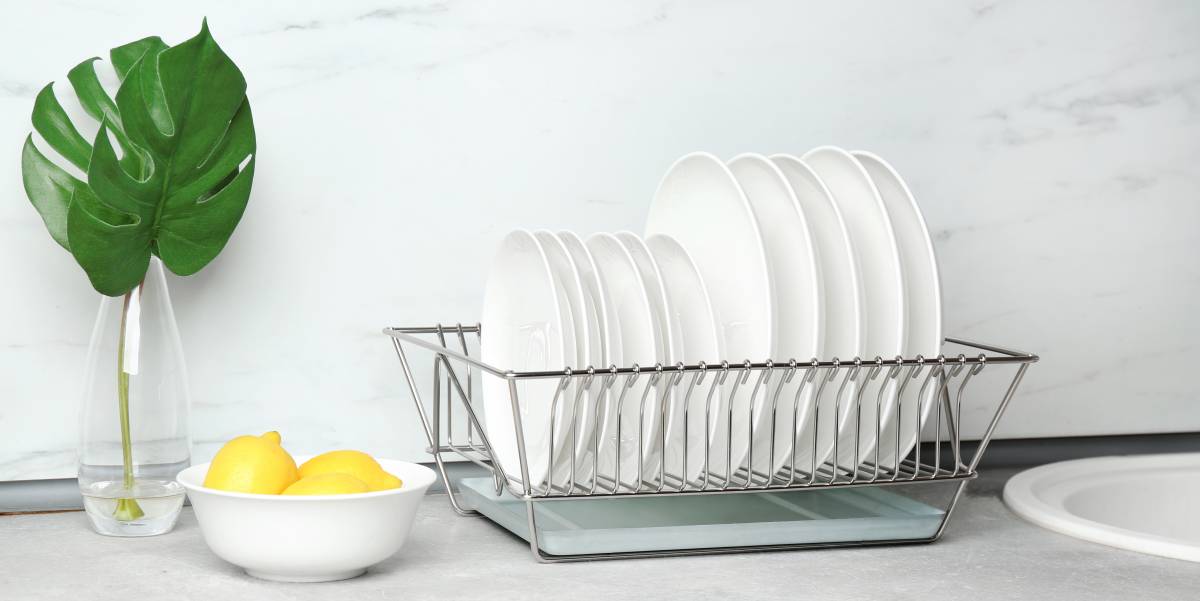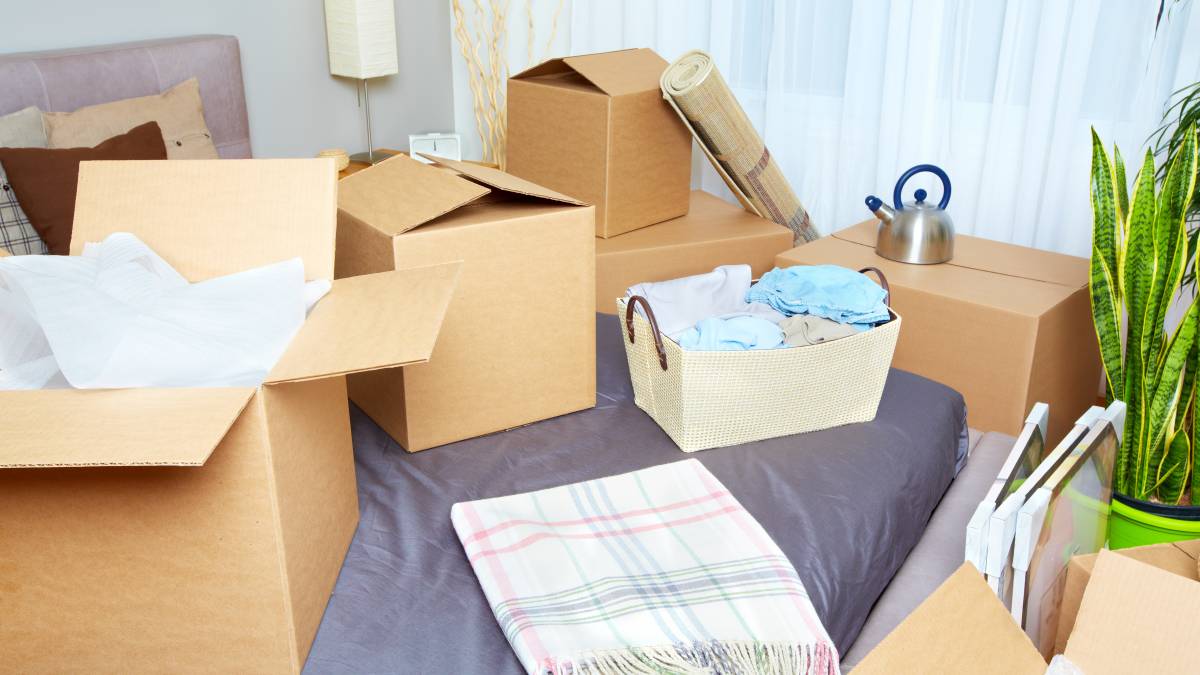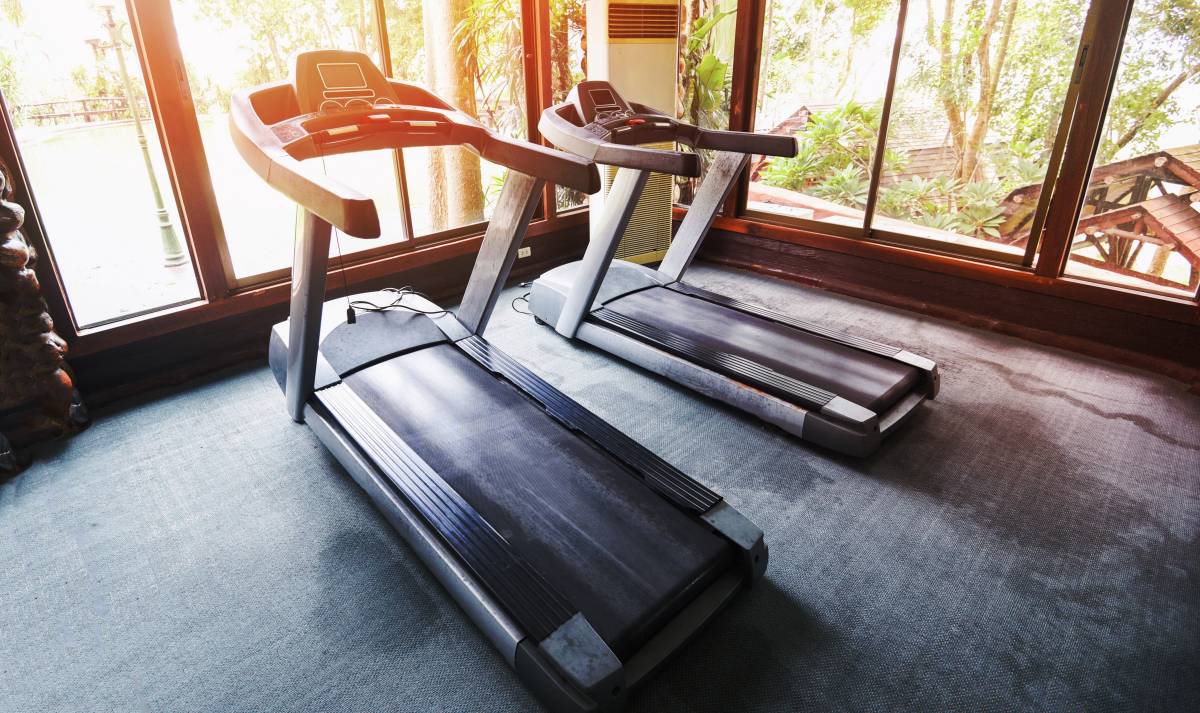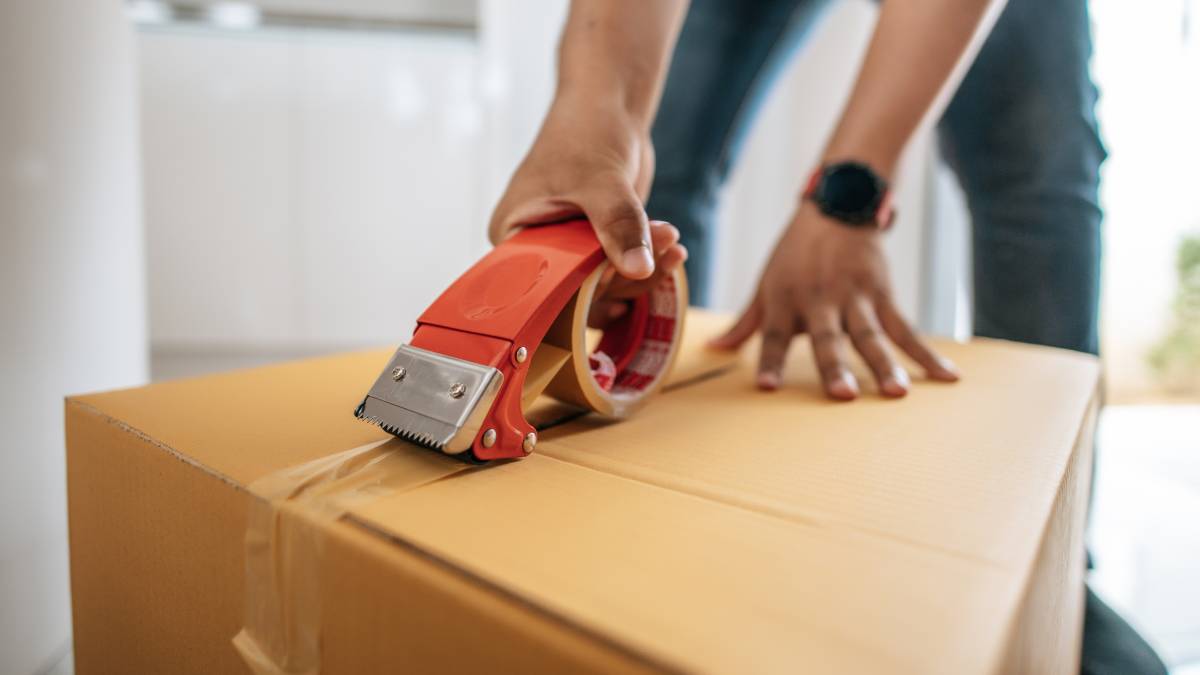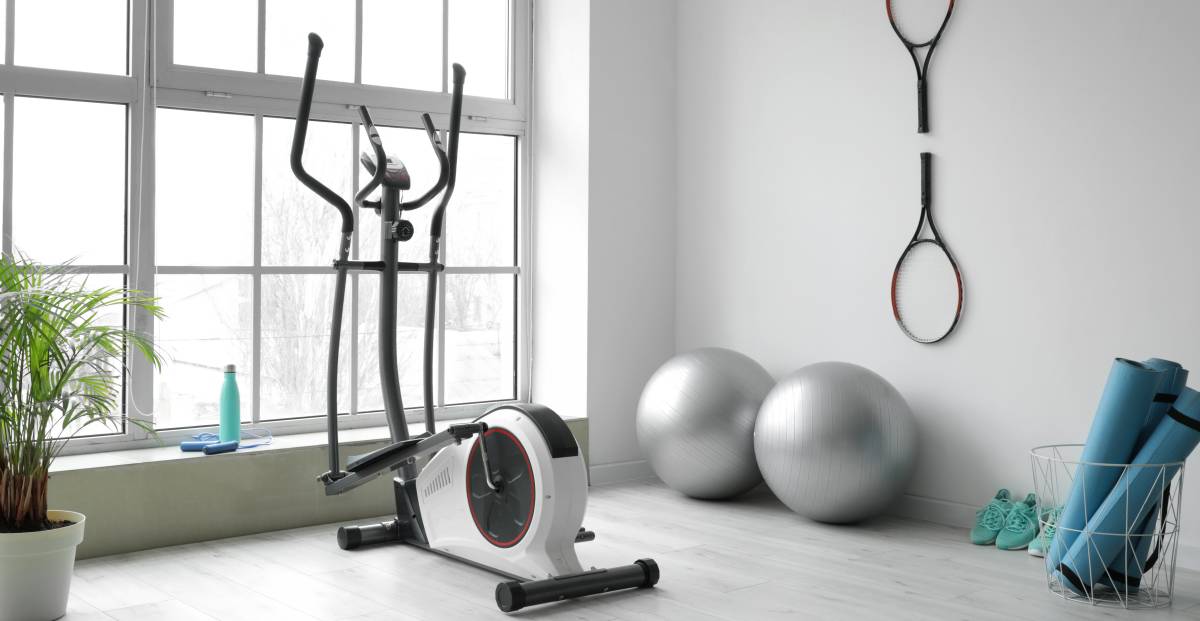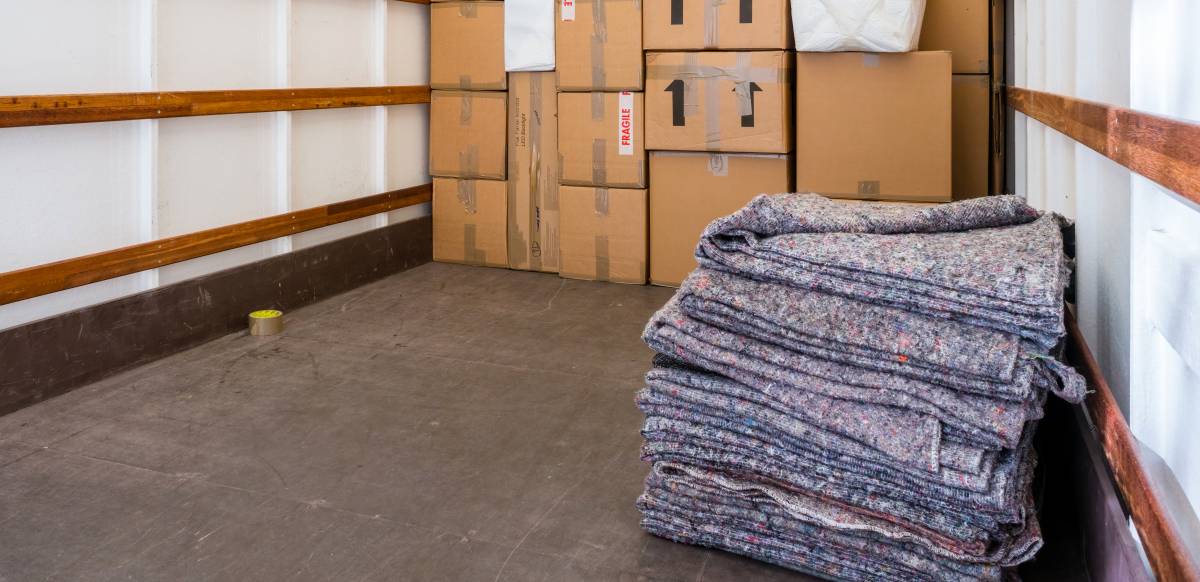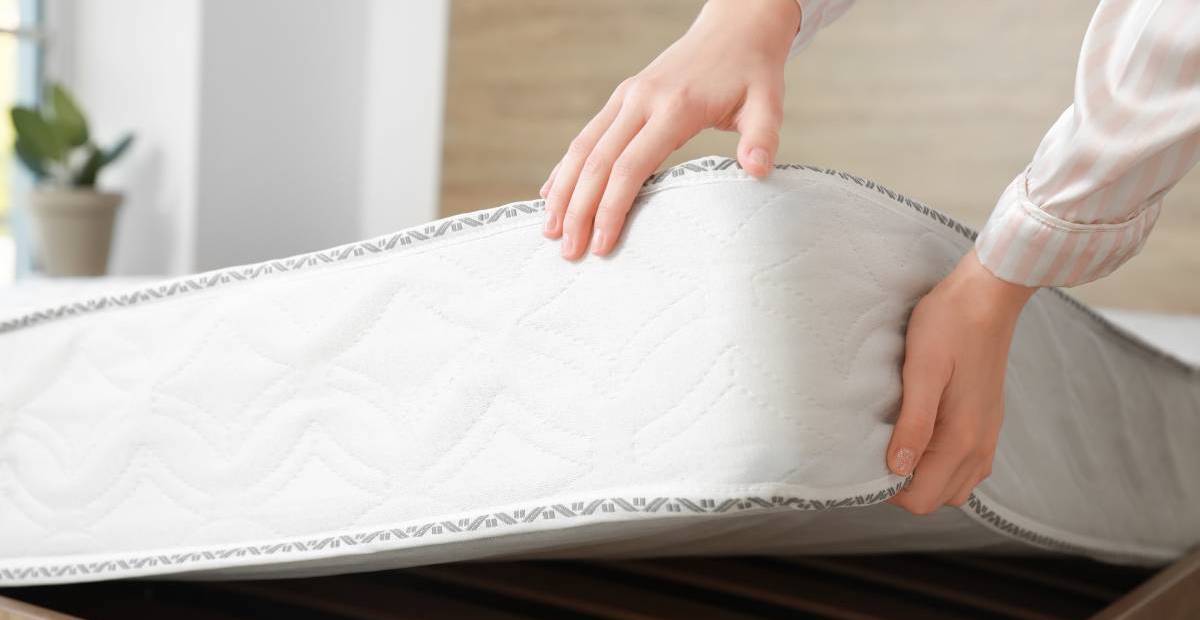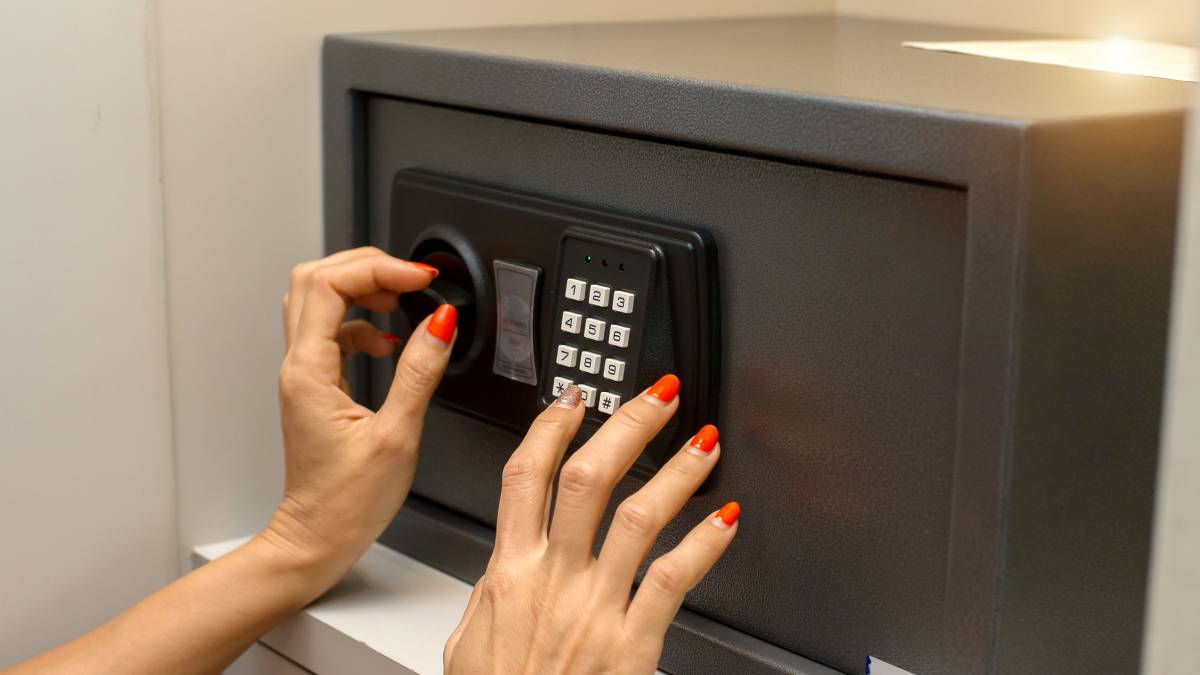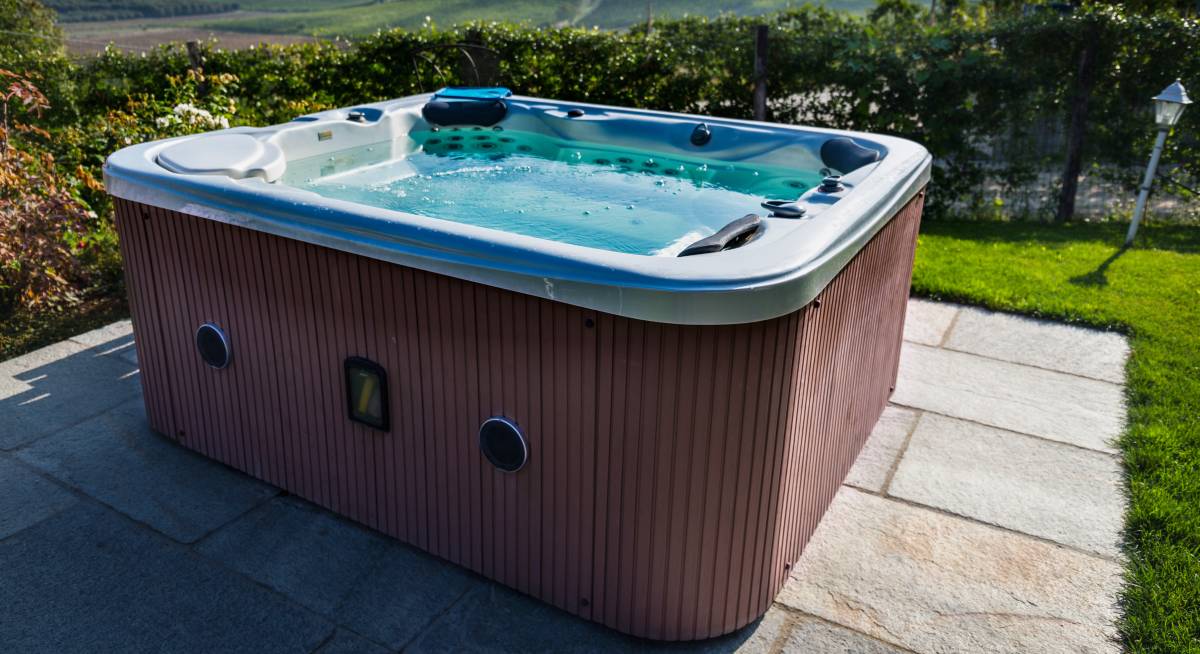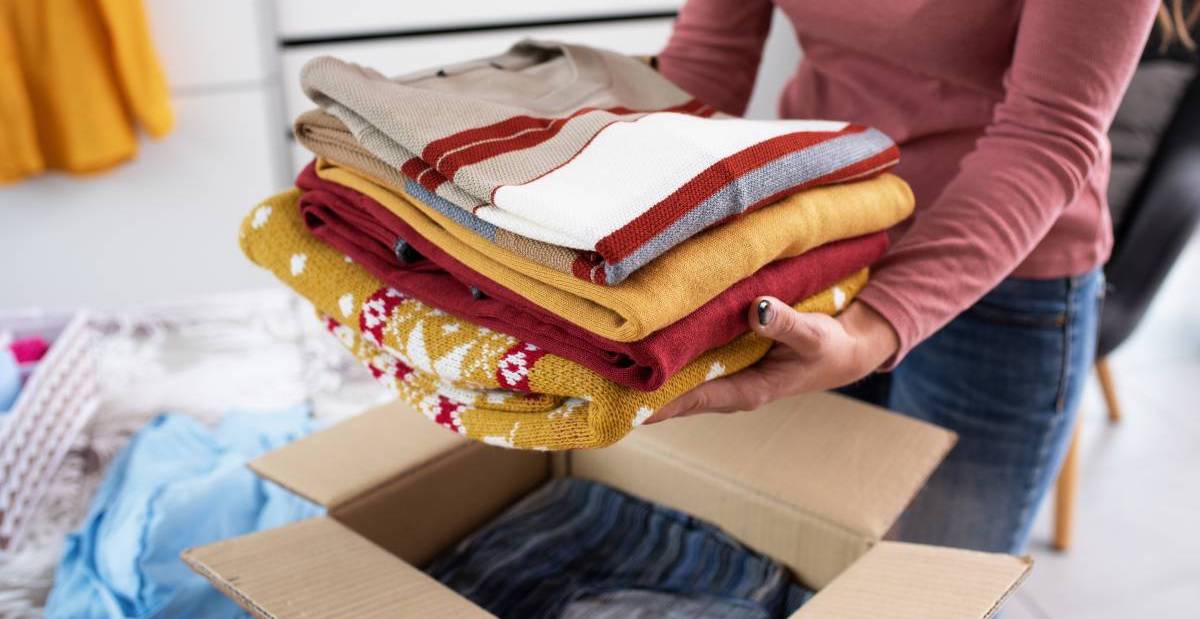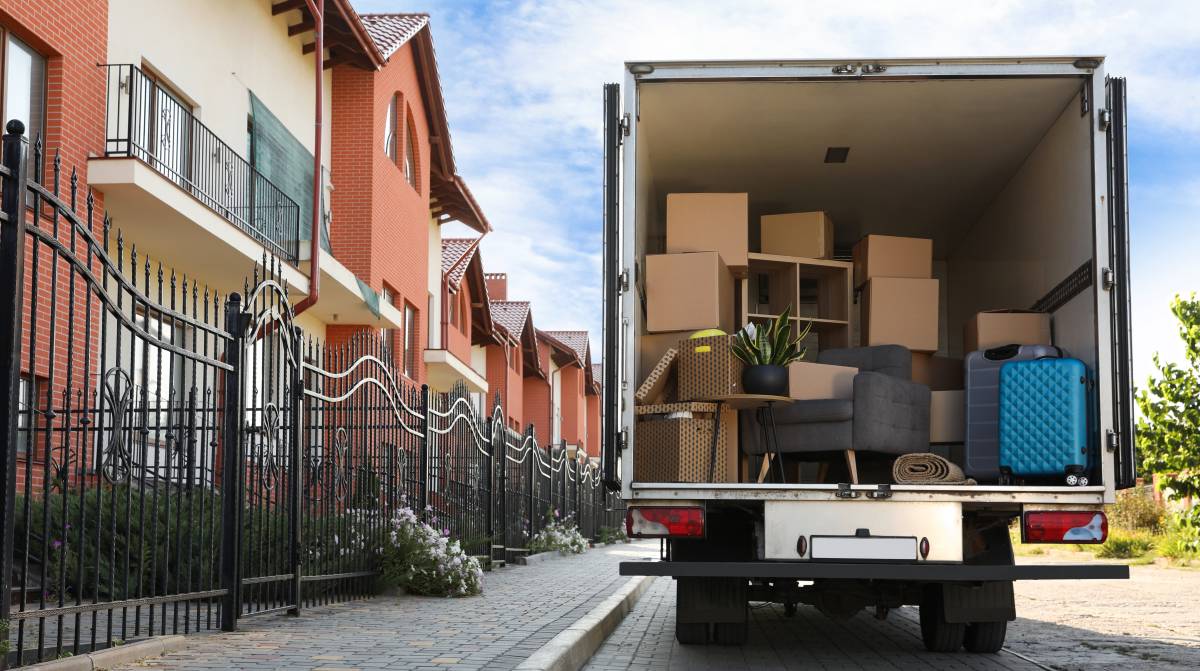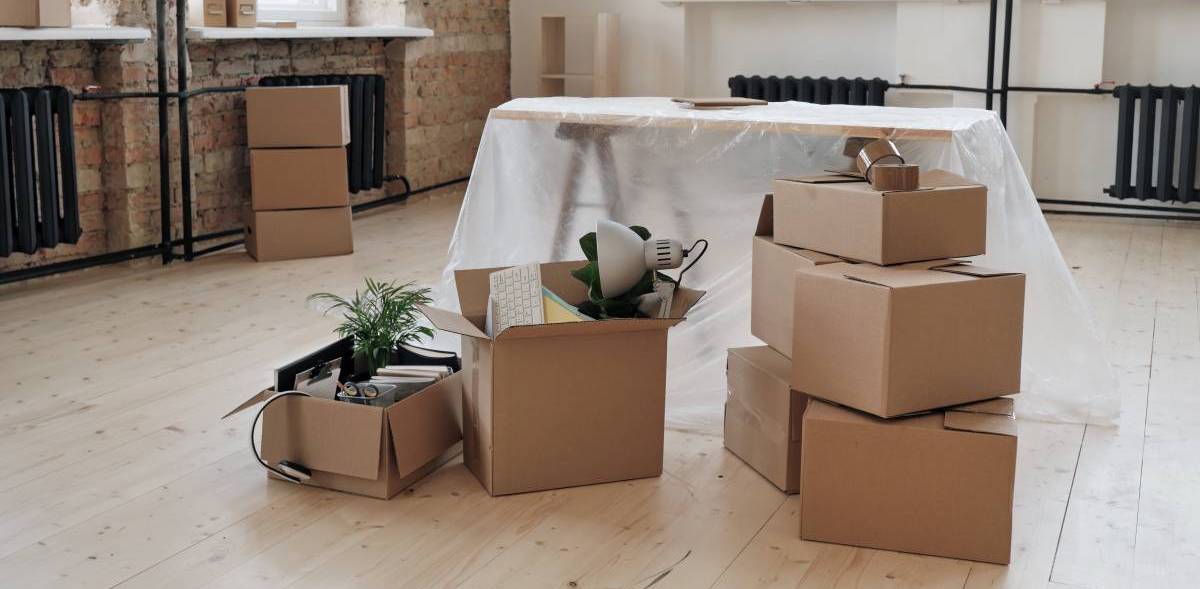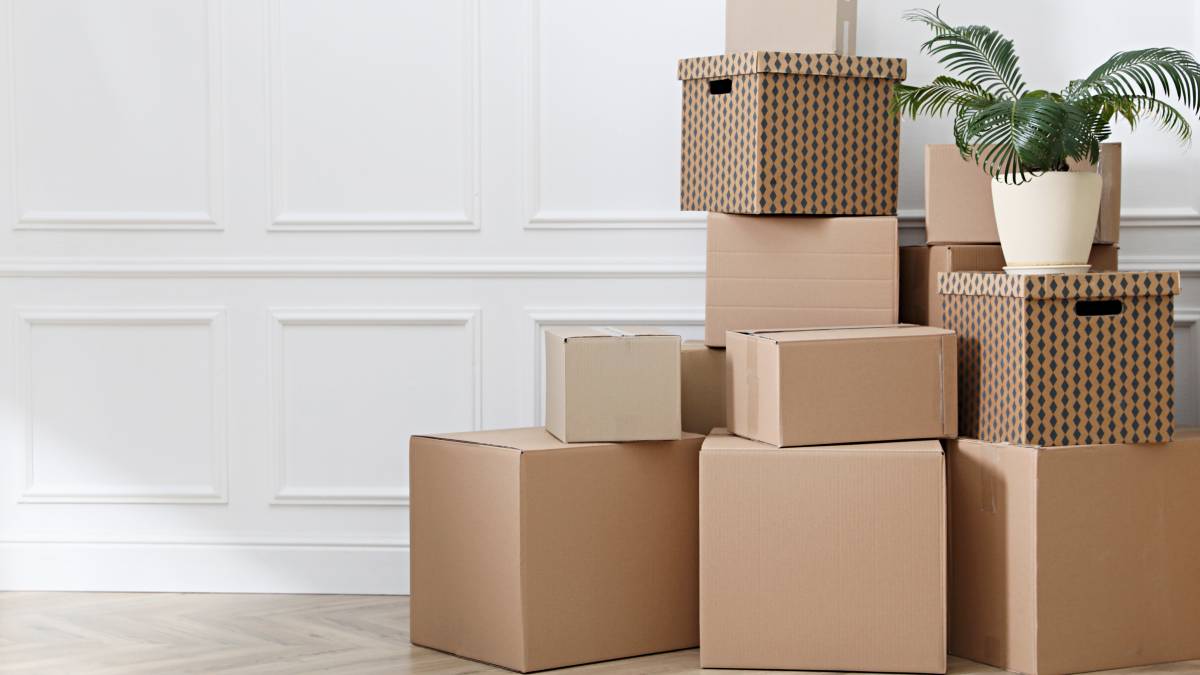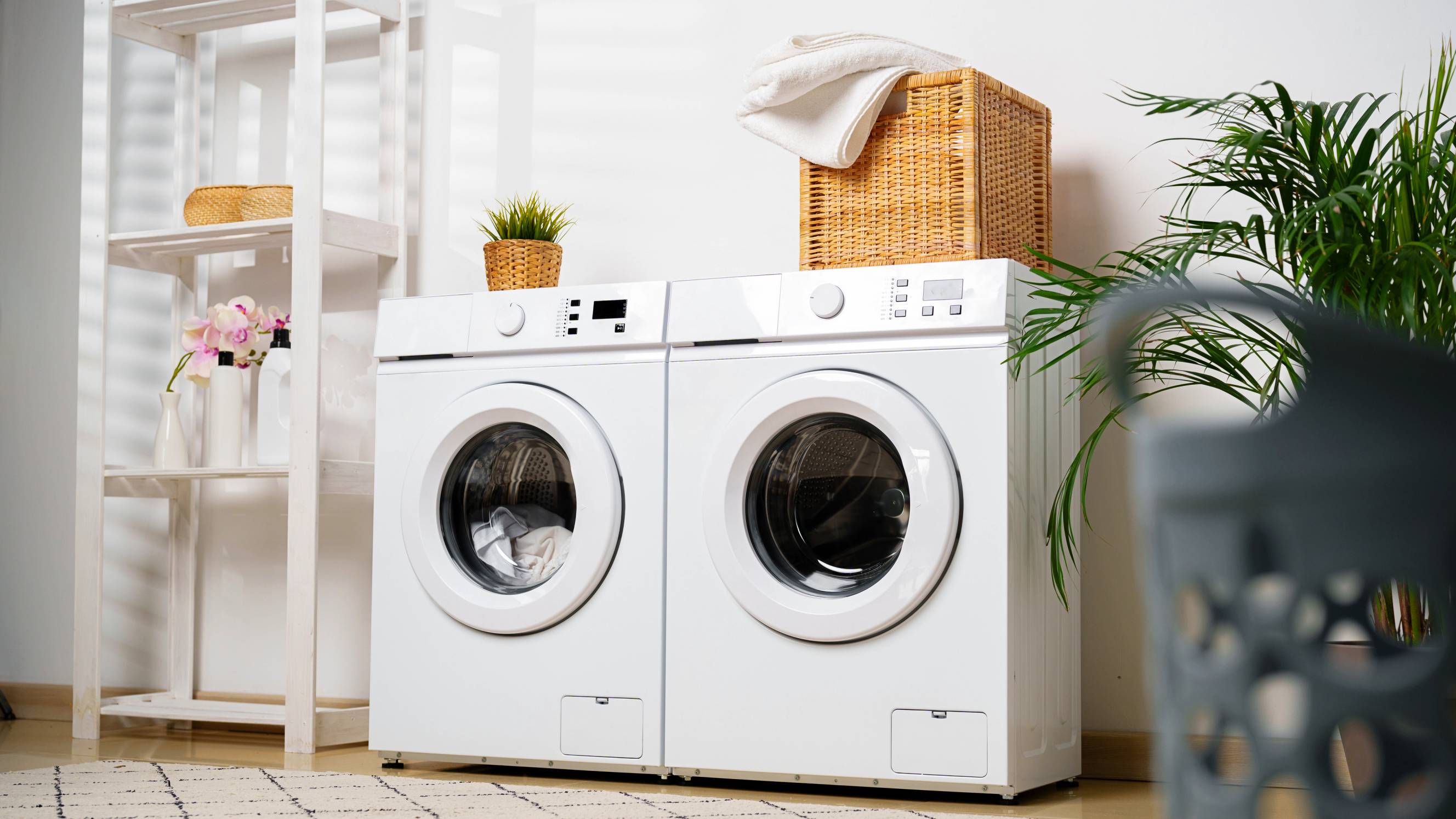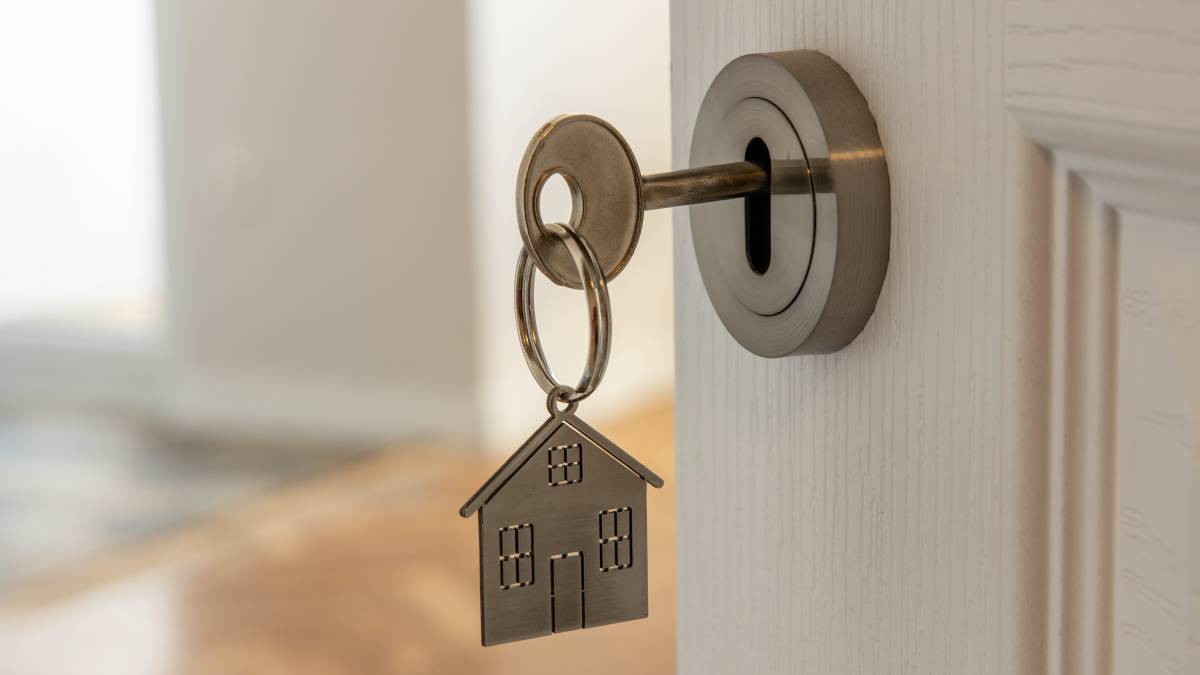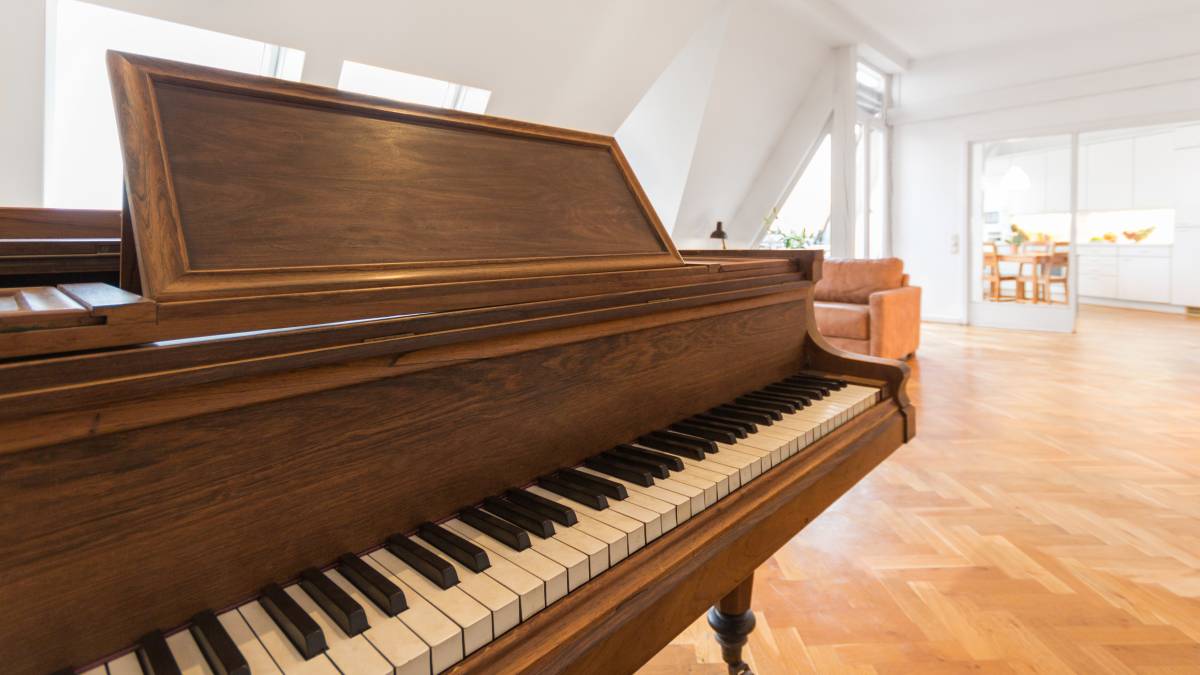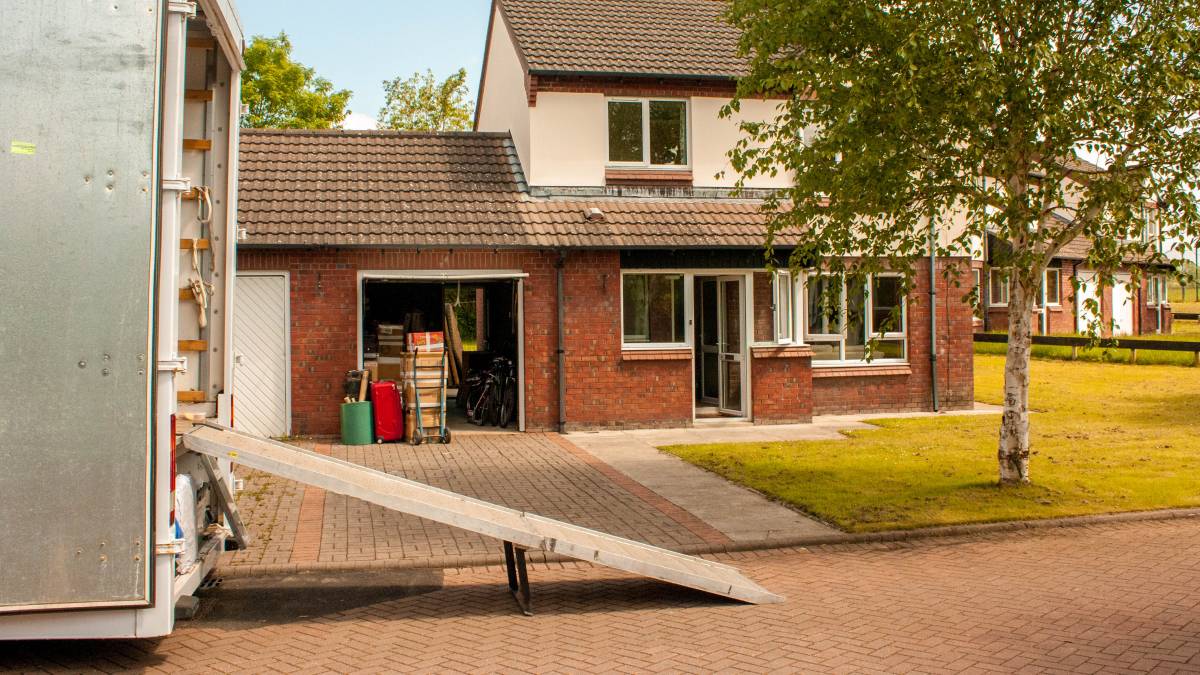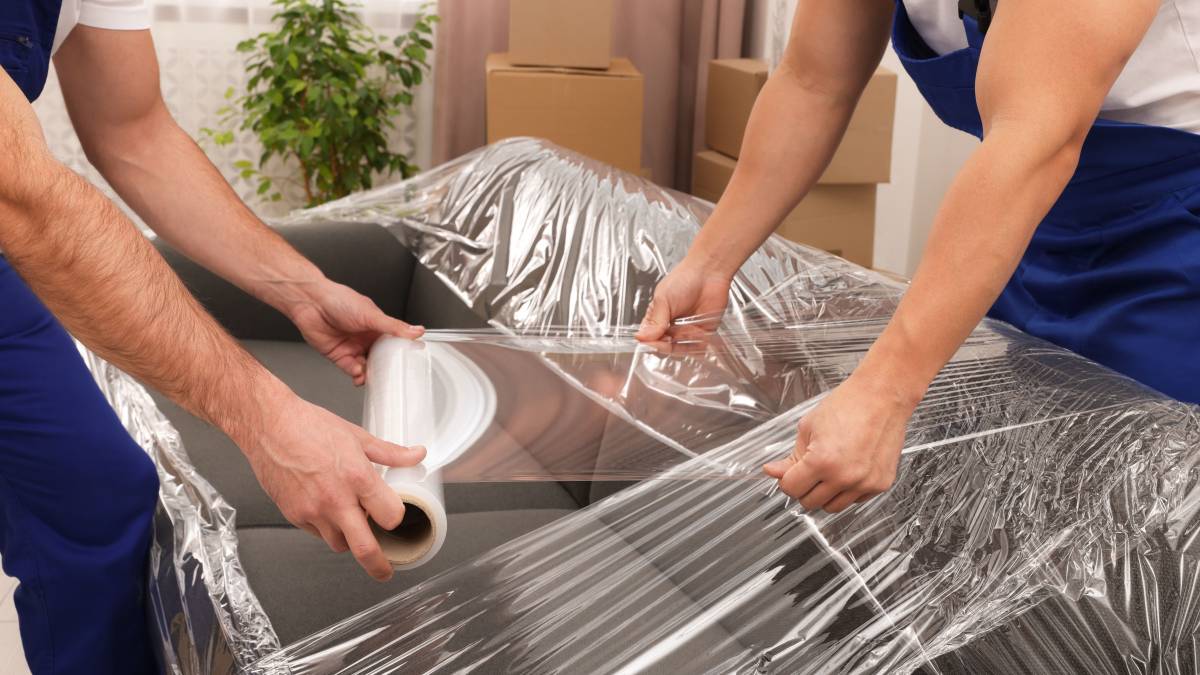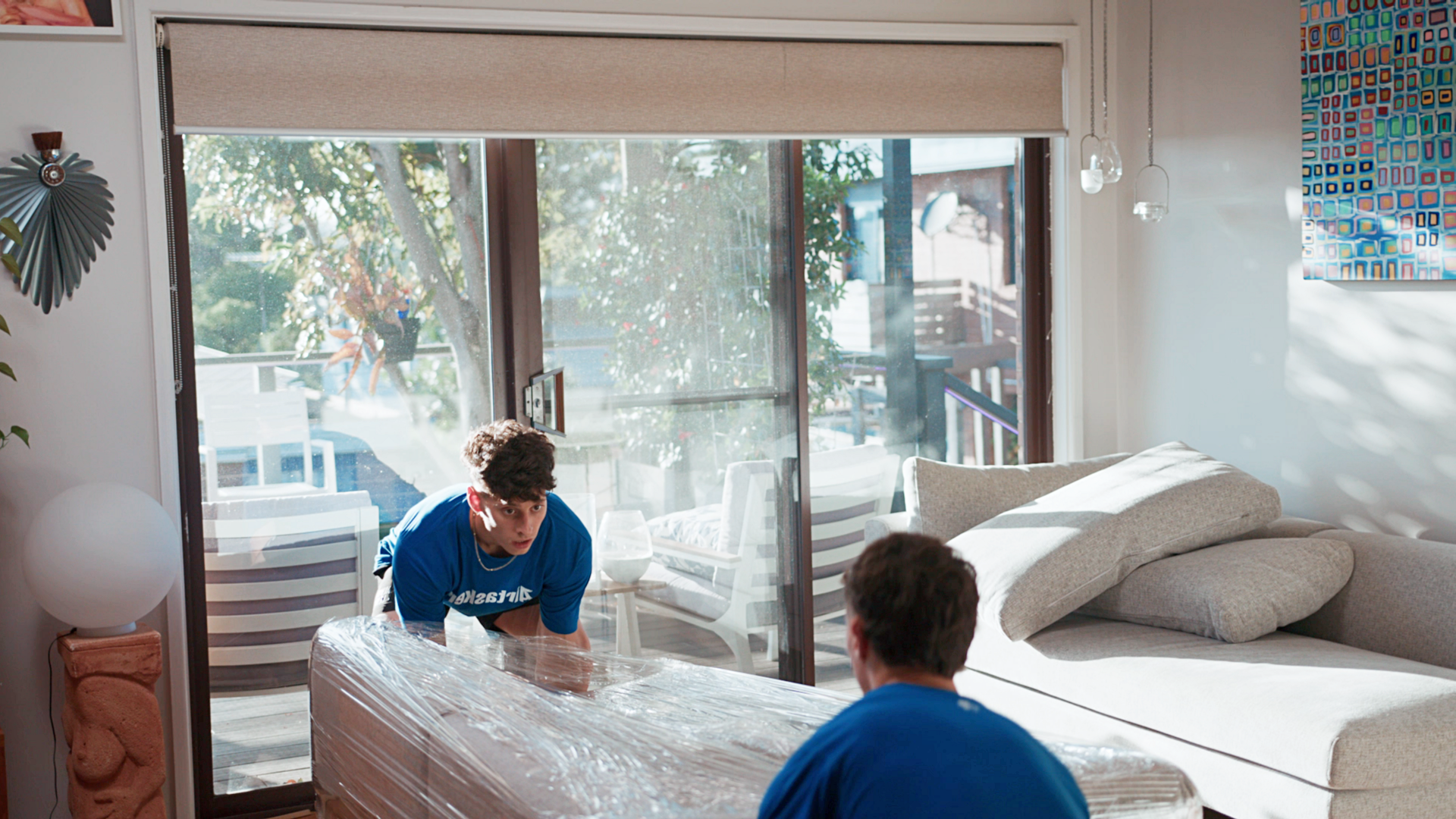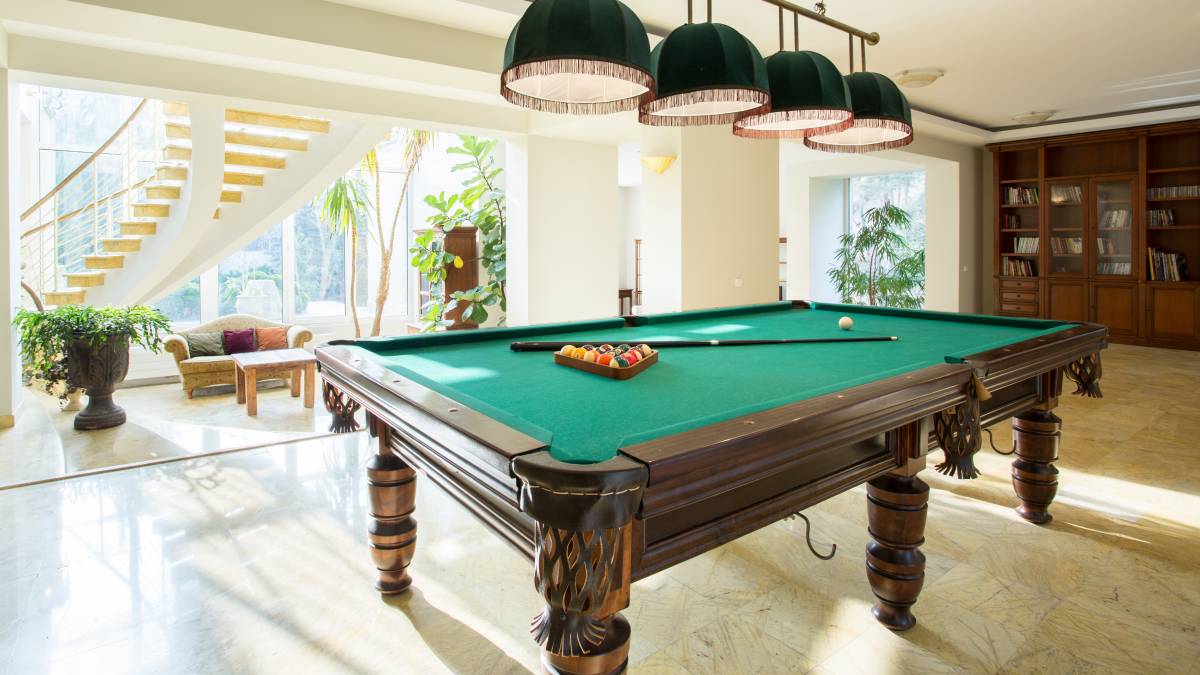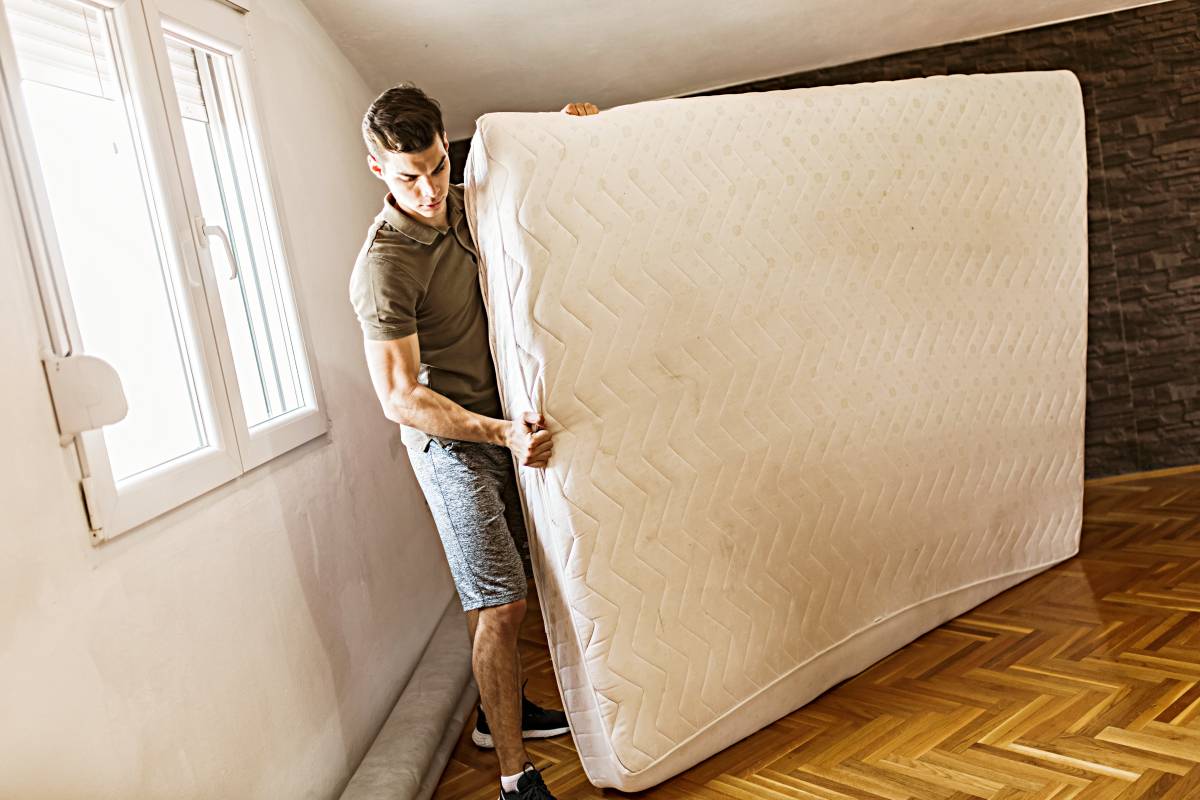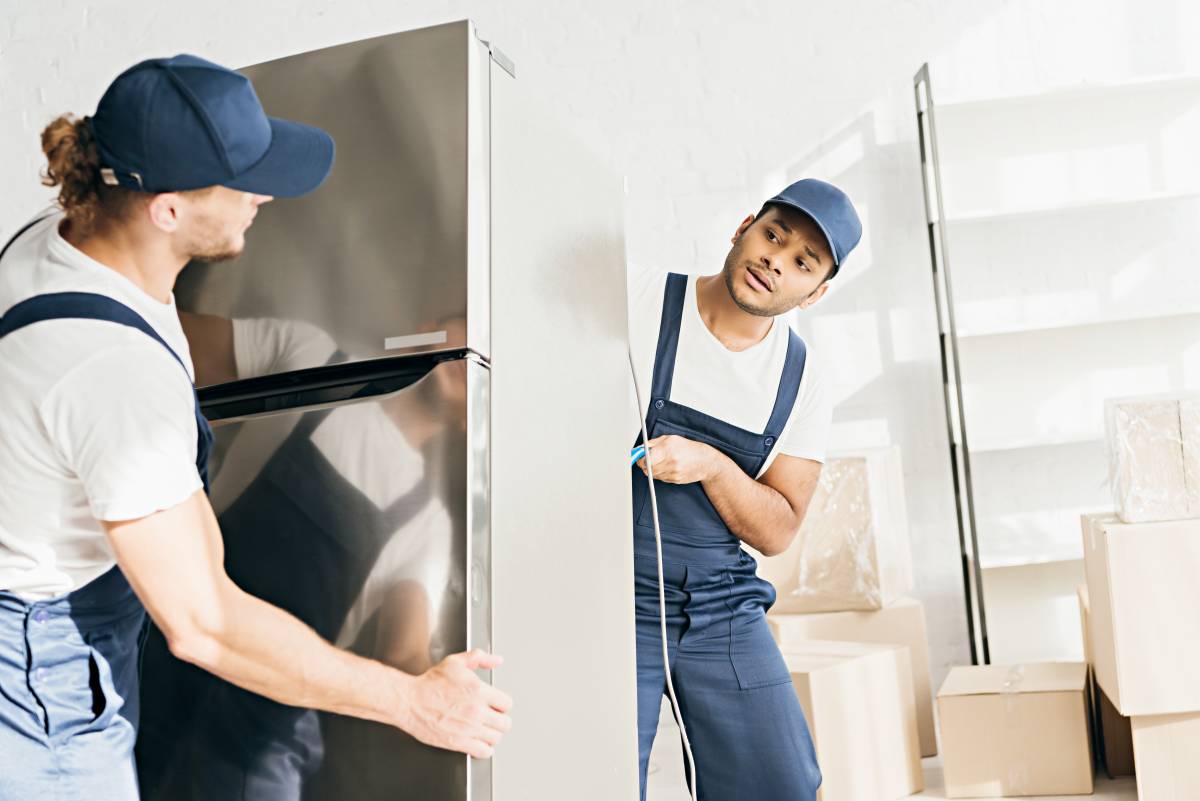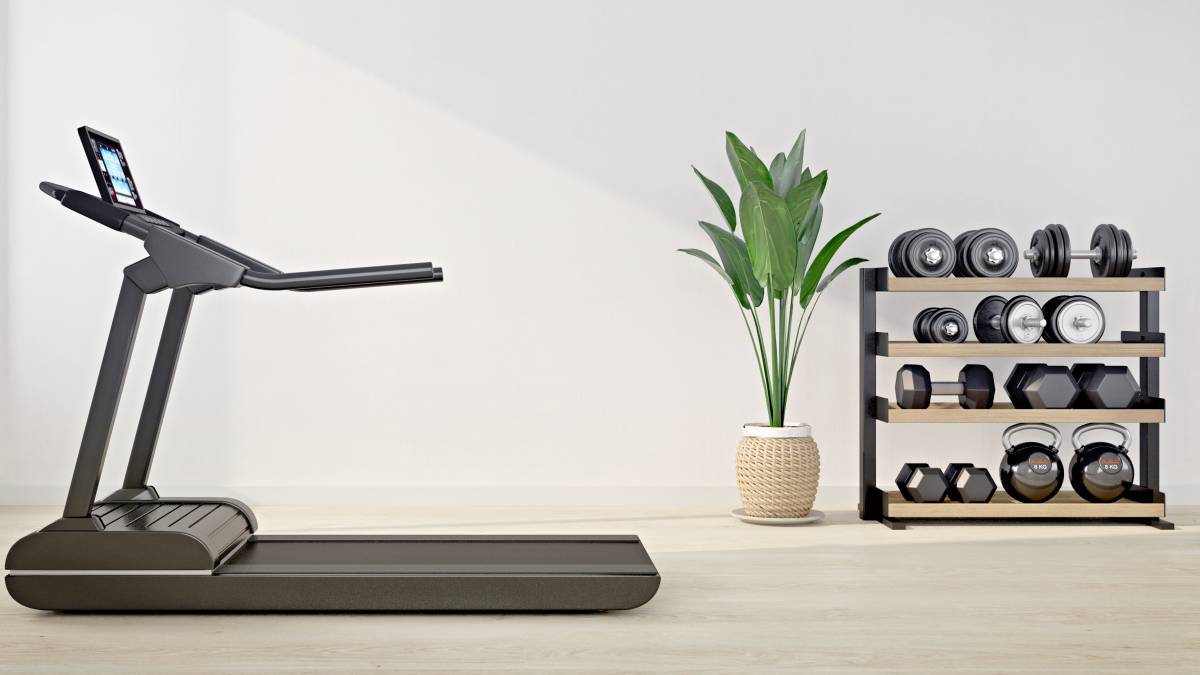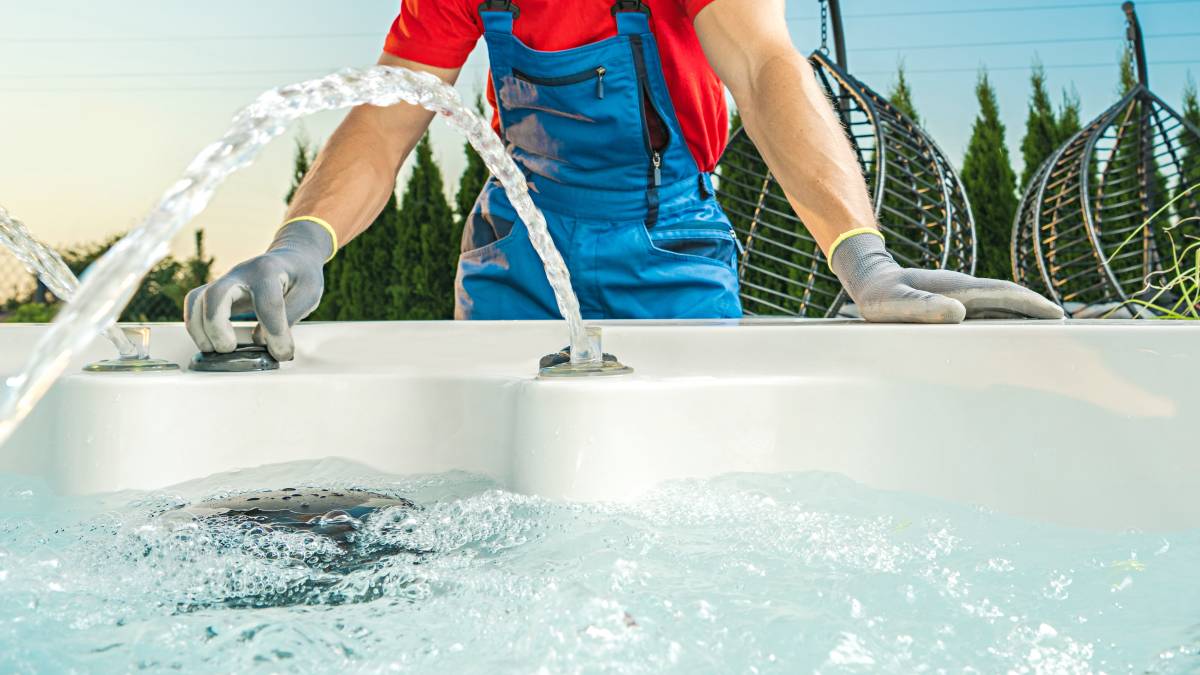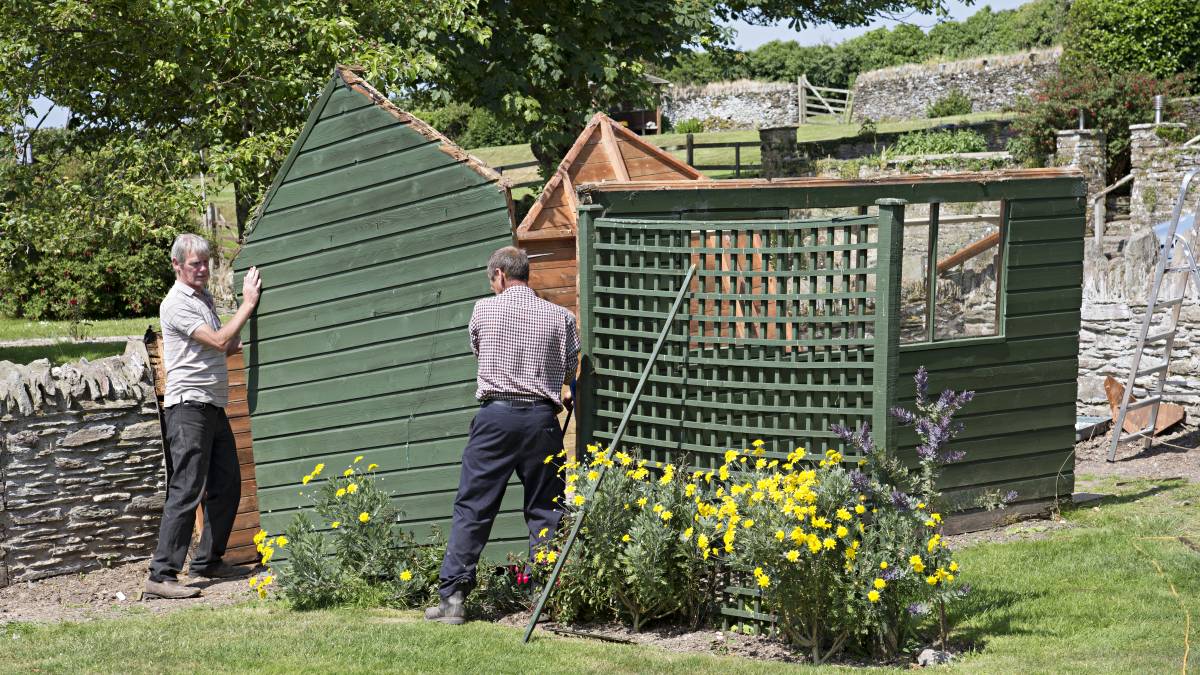
- Home/
- Comparisons/
- Removals/
- Flat vs House
Flat vs house: Which lifestyle suits you?
Comparing flats and houses in terms of cost, space, and maintenance.
Last Updated on

Written by Genine T.
Staff Writer
Read more about our contributor
Key Facts
A flat is a unit within a shared building that offers convenient city living, building amenities, and minimal maintenance responsibilities.
A house is an independent property with private land that provides more living space, complete privacy, and freedom to modify or expand the property.
Did you know that 20 years ago, you could snag an average UK property for £113,900? Fast forward to today, and that same property will set you back £268,200! This massive price jump means the flat vs house decision now carries serious weight for your wallet and your future.
In this house vs flat comparison guide, we’ll examine each option’s real costs and benefits, from upfront purchase prices to sneaky ongoing fees that can catch you out. We’ll also explore which choice offers better long-term value, stronger rental potential if you let it out later, and the lifestyle perks you might want to consider.
What is a flat?
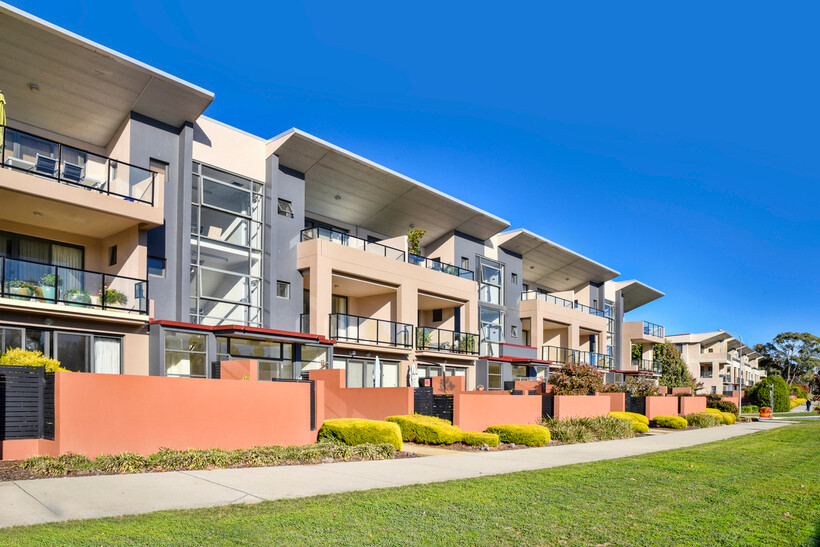 Modern flats lined along a sidewalk and green space. (Source: iStock)
Modern flats lined along a sidewalk and green space. (Source: iStock)
A flat is a self-contained housing unit that sits within a larger building, sharing walls and common spaces with other residents. Perfect for city dwellers and those chasing convenience, flats put you right in the heart of the action with cafes, transport, and entertainment steps away. Layout-wise, you can expect a compact open-plan layout with a kitchen, bedroom, bathroom, and living area.
Since you don’t own the flat, you can expect to pay service charges to handle building maintenance, security, and amenities like elevators, central heating, and security systems. Modern flat complexes even include premium facilities like pools, gyms, and rooftop terraces. This setup is ideal for those seeking low-maintenance living, where you can focus on enjoying your urban lifestyle rather than weekend maintenance tasks.
What is a house?
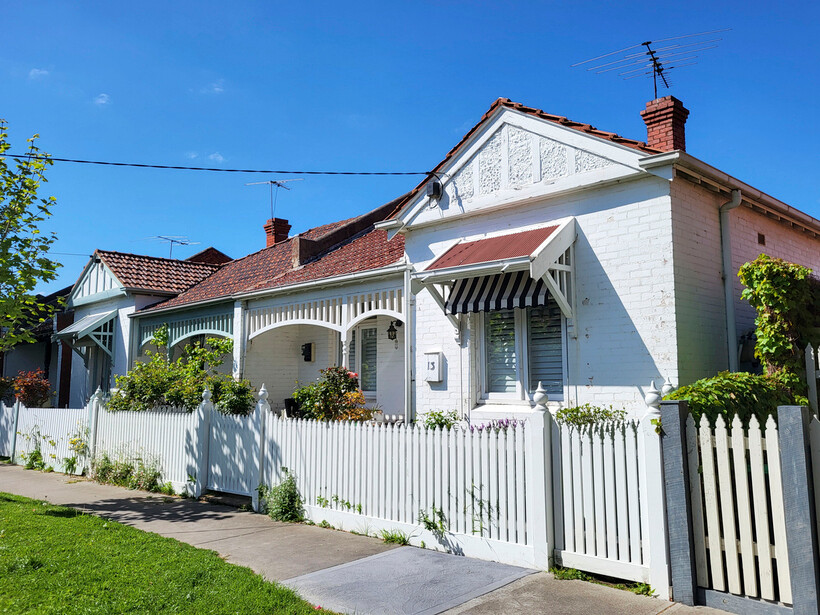 Row of traditional houses featuring red tile roofs and white picket fences. (Source: iStock)
Row of traditional houses featuring red tile roofs and white picket fences. (Source: iStock)
A house is a detached residential building that sits on its own plot of land with no shared walls in sight. You’ll have complete control over your space, from the front garden to the back deck, making it perfect for families wanting room to spread out or anyone dreaming of their veggie patch. Inside, you’ll typically find separate living areas, multiple bedrooms, and often bonus spaces like a study or rumpus room.
The real advantage of investing in a house is total ownership and freedom. Want to knock down a wall, add a deck, or paint the exterior hot pink? It’s your call. Houses also offer genuine privacy and space to breathe, with front and backyards that become extensions of your living area for BBQs, kids’ play, pet playground, or simply enjoying a quiet morning coffee in your own garden sanctuary.
House vs flat: What are their differences?
Choosing between a flat and a house is one of the biggest decisions you’ll make, and it goes way beyond just price. In this section, let’s break down the key differences to help you decide which option suits your needs, budget, and goals.
In terms of cost
In the UK’s biggest cities, the average rent is around £1,287, with England averaging £1,301, Scotland at £957, and prime areas like Chelsea reaching as high as £3,397. On top of rent, flats usually come with service charges that cover shared maintenance, lifts, communal utilities and building insurance. Depending on your building, you might also pay extra for things like parking spaces or getting approval to keep a pet.
As for houses, the median house price sits at £270,493, but location makes all the difference. For instance, England hits £290,564 while more affordable spots like Wales come in at £161,000. Owning a house means you’ll also need to juggle separate bills for everything, including maintenance (expect 1-4% of your home’s value annually), utilities, council tax, home insurance, and those surprise repair costs when the hot water system decides to quit.
In terms of location
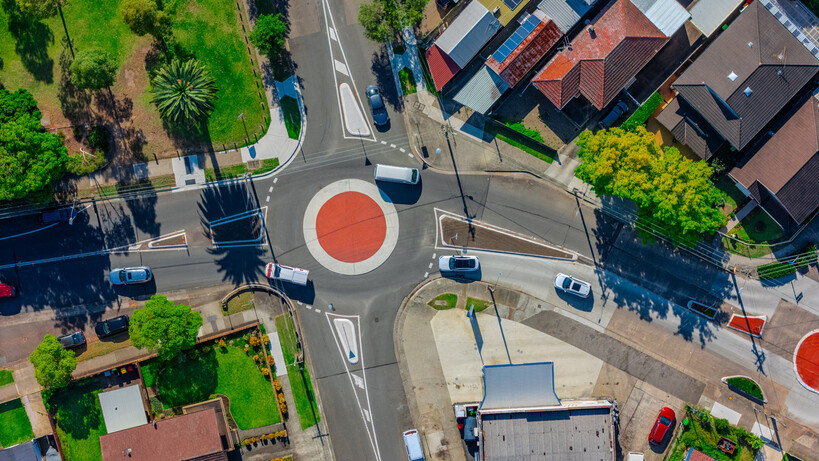 Overhead view of houses located near a busy suburban roundabout. (Source: iStock)
Overhead view of houses located near a busy suburban roundabout. (Source: iStock)
When choosing between a house or flat, consider your job, kids’ schools, social life, and daily routine. Factor in your commute, where you spend weekends, and whether you’d rather be close to the city or enjoy quieter suburban streets. Additionally, you need to consider where you’re living now. For instance, if you’re worried about house removal costs or moving gym equipment or heavy furniture, staying in the same area might save you thousands in moving expenses.
If you’re after convenience, flats often tick the box since they’re usually close to train stations, shops, and work hubs. Inner-city areas also tend to offer better access to public transport, social spots, and employment opportunities.
On the other hand, houses give you more space but are often in the outer suburbs. These family-friendly neighbourhoods mean bigger blocks, good schools, and local parks. Still, they’re typically 20–45 kilometres from the city, so you’ll trade a backyard and privacy for longer commutes and more time in the car. Keep in mind that you can still find houses closer to the city, but expect to pay a premium for land value.
In terms of space
If there’s one factor where you can clearly see the difference between flat and house living, it’s space. UK houses average 96 square metres, while flats offer around 66 square metres. Those extra square metres in houses translate to multiple bedrooms, separate living and dining areas, dedicated storage spaces, and often garages or carports. You’ll typically get larger kitchens, walk-in wardrobes, and the flexibility to create specialised rooms as needed. The only trade-off is that more space means higher heating and cooling costs, plus more cleaning and maintenance to manage.
If you’d like only the basic spaces, investing in a flat is perfect for you. Flats generally have efficient layouts that maximise every square metre, so you’ll have all the basic rooms you’ll ever need. However, that same smaller footprint brings challenges like narrow stairways, tiny doorways, elevator restrictions, and often no parking when moving in. The upside of living in a flat is that since there’s less space, you might also have lower utility bills, minimal cleaning, and zero yard maintenance.
In terms of maintenance
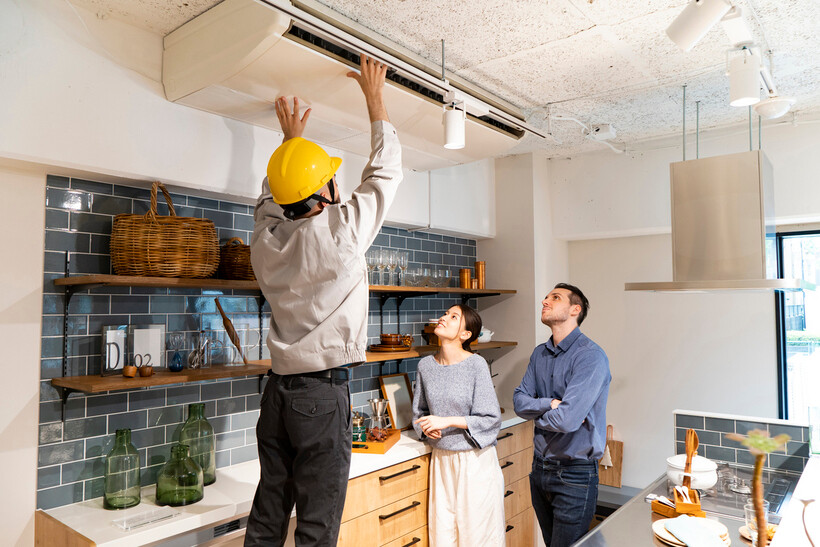 Routine air conditioner service being conducted in a stylish flat. (Source: iStock)
Routine air conditioner service being conducted in a stylish flat. (Source: iStock)
The flat or house debate often depends on how hands-on you want to be with upkeep. Flats streamline maintenance with one simple rule: call your property manager first. They handle everything from broken lifts to leaky taps in common areas, and most provide a list of approved tradies for internal repairs. Moving utilities like internet or gas is also quick since the building infrastructure already exists. However, structural changes or major appliance installations need body corporate approval, which can take months if other owners object.
As for houses, you’ll need to handle all the maintenance yourself. You will need trusted plumbers, electricians, gardeners, pest controllers, and time to organise them all, which can result in higher maintenance costs. The positive thing here is that you control every job’s budget, timing, and quality. Want premium materials or budget fixes? Your choice. Need furniture removal this weekend? Book it without asking for permission. With houses, emergency repairs happen on your own timeline.
In terms of investment potential
When it comes to future returns, houses often come out ahead because land value tends to drive long-term growth. Owning the land can offer more stability through property market ups and downs, and houses in good suburbs usually hold or increase their value over time. You can also boost resale prices by adding features buyers love, like an extra bedroom, a modern kitchen, or an outdoor entertaining space.
If you’re only renting a flat, you’re not building any investment or equity for the future. However, buying a flat as an investment property can deliver steady rental income, especially in high-demand areas near universities, transport, or CBD hubs. Vacancy rates are often lower for well-located units, and they can be easier to rent out than bigger houses in the suburbs. This can simplify life if you ever need to move interstate and want steady tenants in place.
In terms of lifestyle
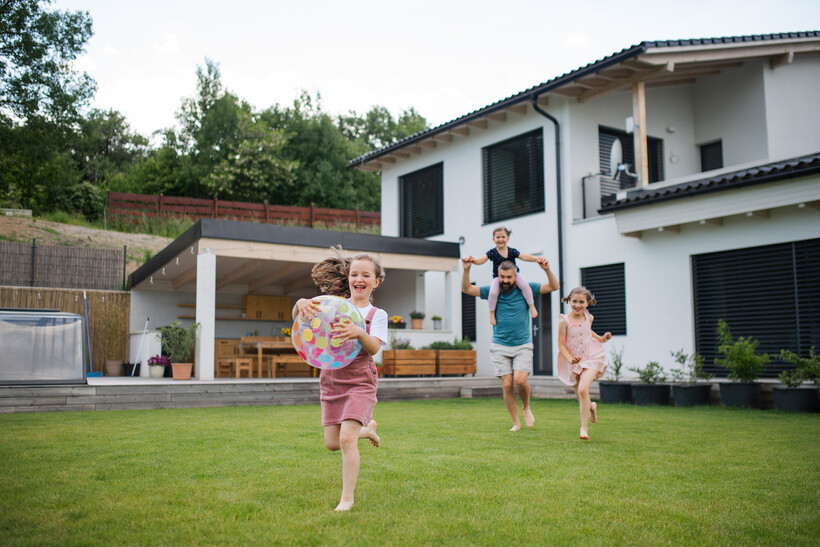 Family enjoying quality time outdoors in front of their modern house. (Source: iStock)
Family enjoying quality time outdoors in front of their modern house. (Source: iStock)
Flats mean closed-quarters living with both upsides and trade-offs. You’ll hear neighbours through walls, bump into people in shared spaces like lifts and lobbies, and navigate building rules that limit pet ownership and major renovation choices. In some flats, you’ll even need permission to hang art! Fortunately, many complexes offer built-in perks you’d never afford solo, like rooftop pools, communal lounges, CCTV and intercom systems, and 24-hour concierge services.
As for houses, their main selling point is privacy and personal freedom. You can own pets without committee approval, host backyard events, and renovate or extend when ready. If you’re moving with kids, houses also offer the space and freedom children need. For example, you can create play spaces, set up trampolines or mini pools, and make noise without disturbing neighbours. While some gated estates have community guidelines, they’re far less restrictive than flat living.
In terms of ownership flexibility
Between these two property types, houses provide the most flexibility. A house allows you to adapt your property however you like, whether you live in it or rent it out. You can extend, knock down walls, build a granny flat, or subdivide the block if council zoning allows, which lets you add value on your terms.
With a flat, your changes are mostly limited to the inside of your unit. Major updates that affect the structure, external walls, or shared spaces need strata approval, and some plans might be blocked altogether. This means you have less flexibility to customise or add extra living space over time, which is worth considering if you want a home you can truly shape to fit your plans.
Get your new home ready with Airtasker
Anyone who has moved house or flat in the UK knows the real hassle starts when it is time to get bulky furniture and appliances through narrow hallways, up tight staircases or into tiny lifts. Add in heavy boxes, parking restrictions, and a rainy moving day, and it is enough to test anyone’s patience. That is why hiring a professional mover is worth every penny.
With Airtasker, you can find local house and flat removalists who know how to navigate tricky spaces, protect your belongings, and handle the heavy lifting with care. Post a task now and let professionals do the hard work for you!
Learn more about our contributors

Written by Genine T.
Staff Writer
Genine is a writer and educator with over seven years of experience. She has published peer-reviewed research papers, worked in academia, and created educational content for thousands of language learners. She discovered her passion for turning complex ideas into practical advice through writing about DIY topics like home improvement, furniture assembly, and household fixes. When she’s not writing, Genine enjoys curling up with her dogs and a good book.
Flat vs house
Flat |
House |
|
|---|---|---|
Cost |
Affordable entry point with predictable monthly costs |
Higher purchase price with variable expenses |
Location |
Walking distance to cafes, shops, and public transport |
Family neighbourhoods with gardens, but longer commutes |
Space |
Compact spaces with efficient layouts |
Multiple rooms and outdoor areas |
Maintenance |
Property manager or landowner handles most repairs |
You handle all maintenance yourself |
Investment Potential |
Good rental yields in prime locations |
Land ownership drives capital growth |
Lifestyle |
Urban amenities and shared facilities |
Privacy and complete personal freedom |
Ownership Flexibility |
Committee approval is needed for changes |
Renovate and extend whenever you want |
FAQs on flats and houses
Yes, many UK rentals still have pet restrictions, with only 7% of landlords currently advertising pet-friendly properties. However, new rules mean landlords need a valid reason to say no to pets and respond to your request within 28 days. If you’re already renting, checking your existing lease agreement and getting pet approval in writing before moving a furry mate is recommended.
Most rental properties are let within 18-24 days, with London moving fastest at around 18 days. The market is expected to be calmer in 2025 than in recent years, but good places still go quickly. So when shopping for a new home, always have your documents ready and be prepared to make decisions fast when you find the right place.
A small house often keeps its value better over time and gives you more space and freedom to change things as you need. A bigger flat might cost less to buy and put you closer to city perks, but it usually comes with leasehold rules and extra service charges. It really comes down to what suits your budget, the area you want to live in and whether you care more about having extra room or staying close to the action.
Find movers, fast
Post a task
Related articles

A guide to becoming a removalist
Read more

Tips for moving house with kids
Read more

How to pack mirrors for moving
Read more
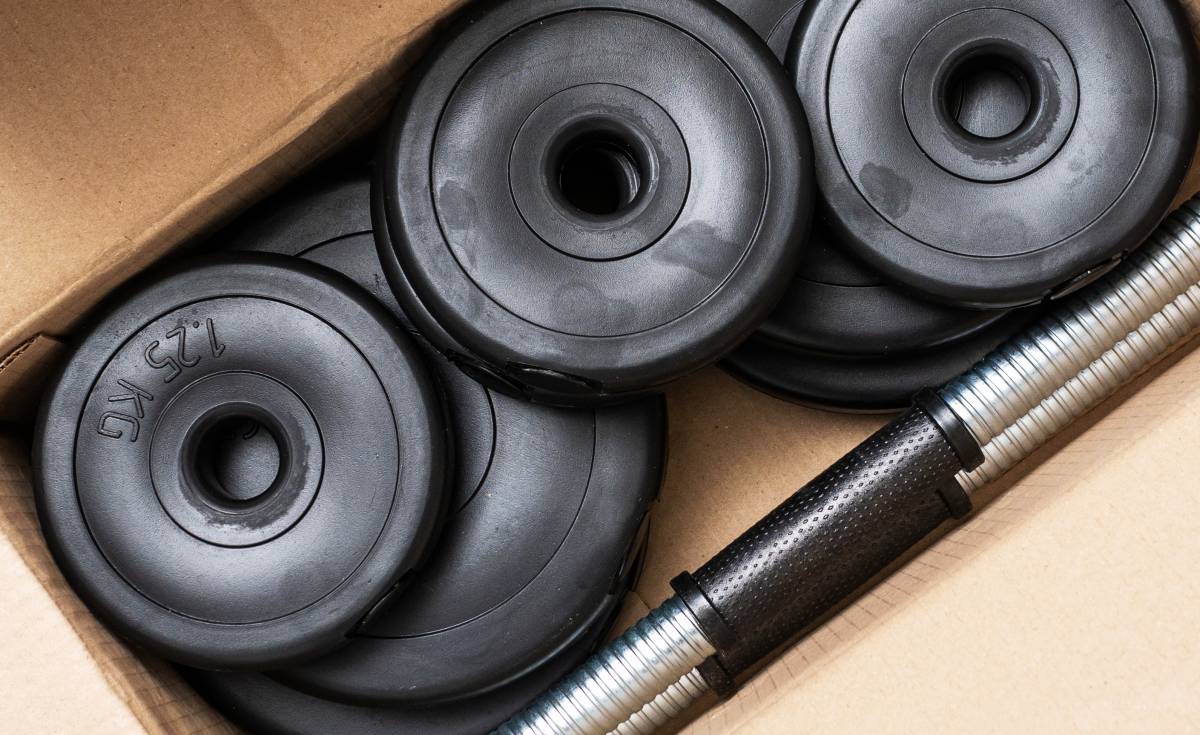
How to move gym equipment safely
Read more
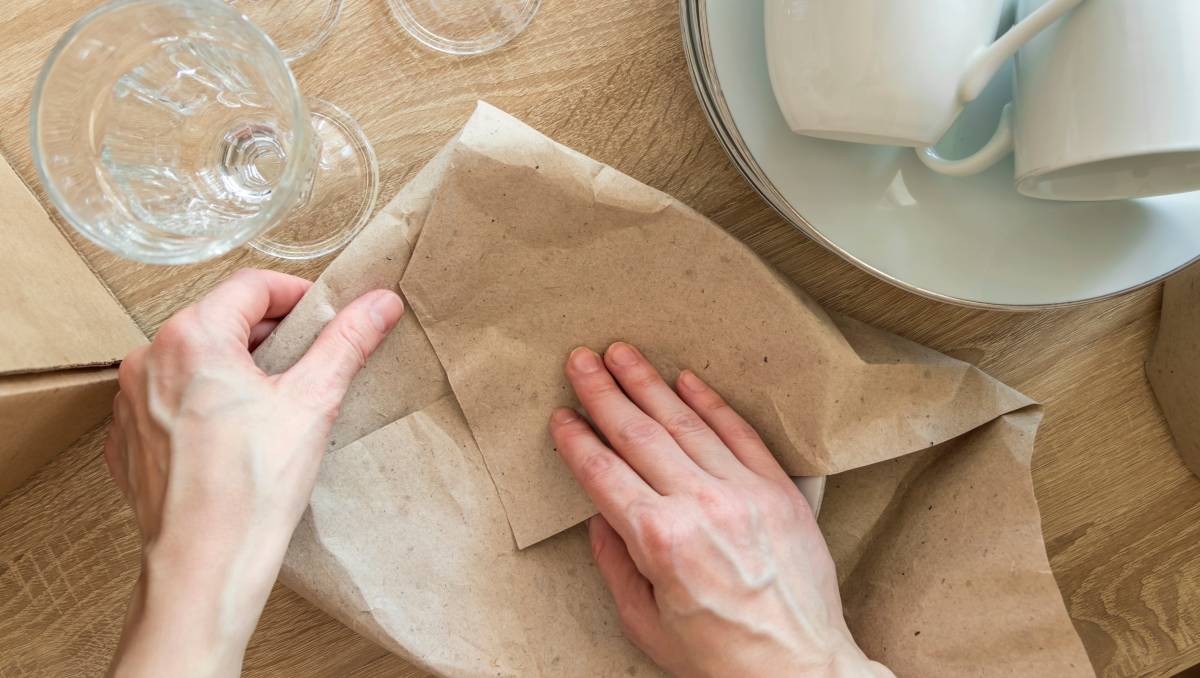
How to pack kitchen items for moving
Read more

How to pack books for moving
Read more
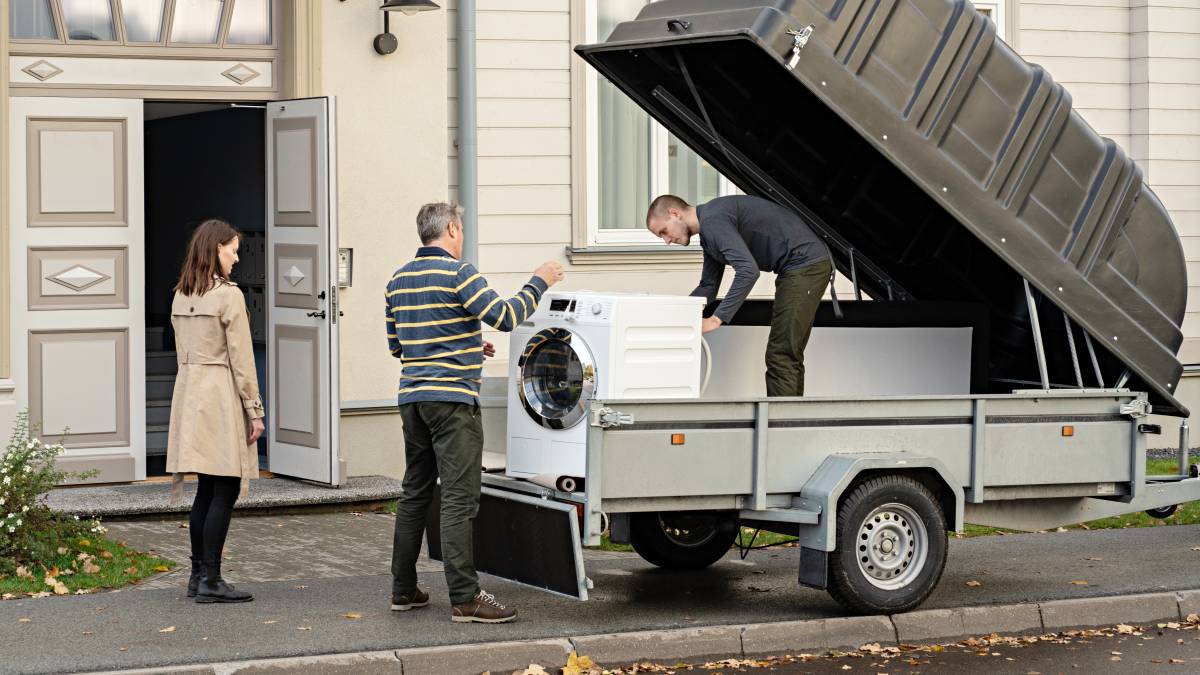
How to move a washing machine
Read more
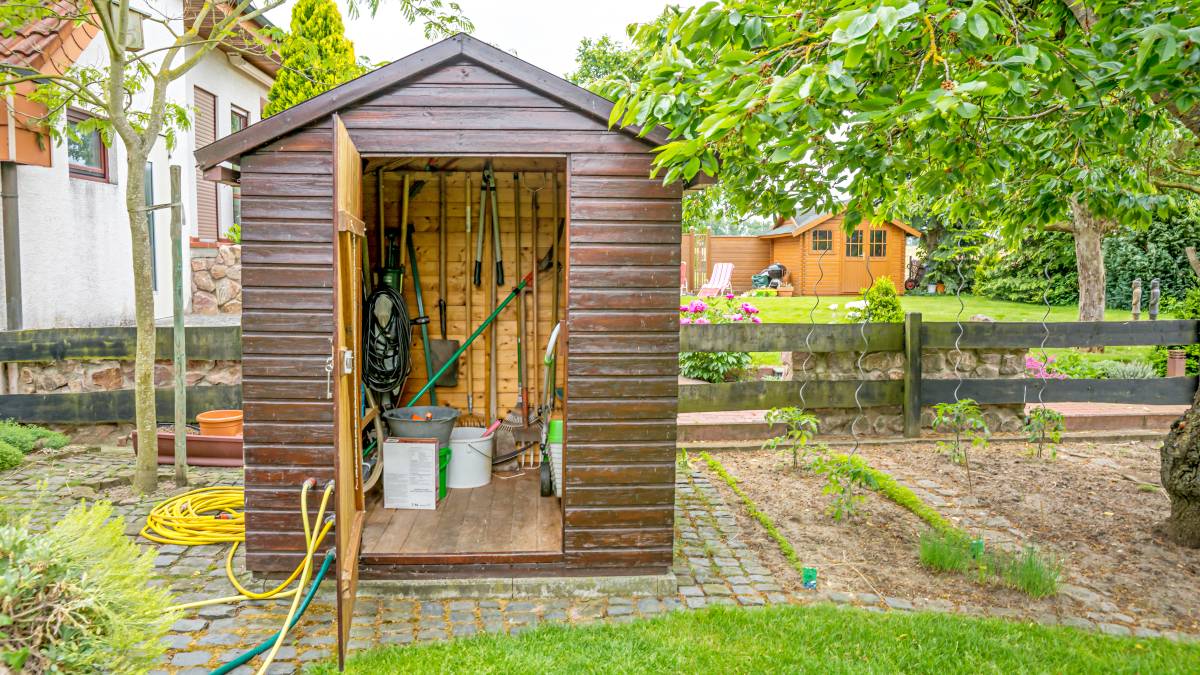
How to move a shed
Read more

How to pack artwork for moving
Read more
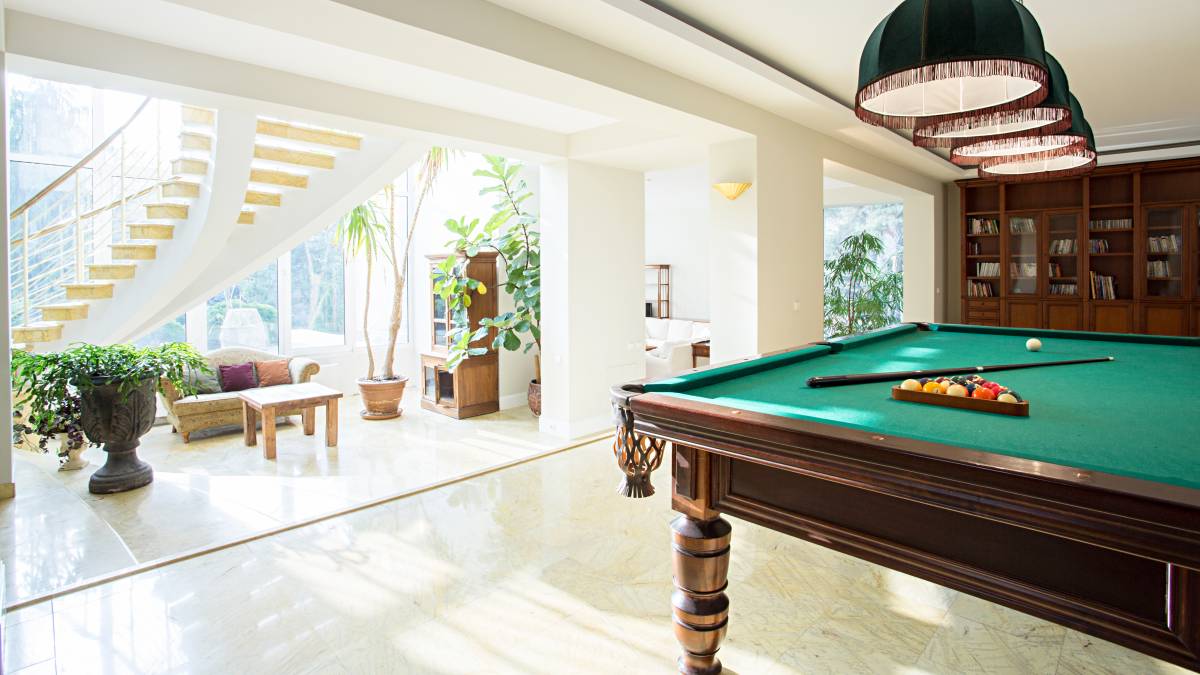
How to move a pool table
Read more
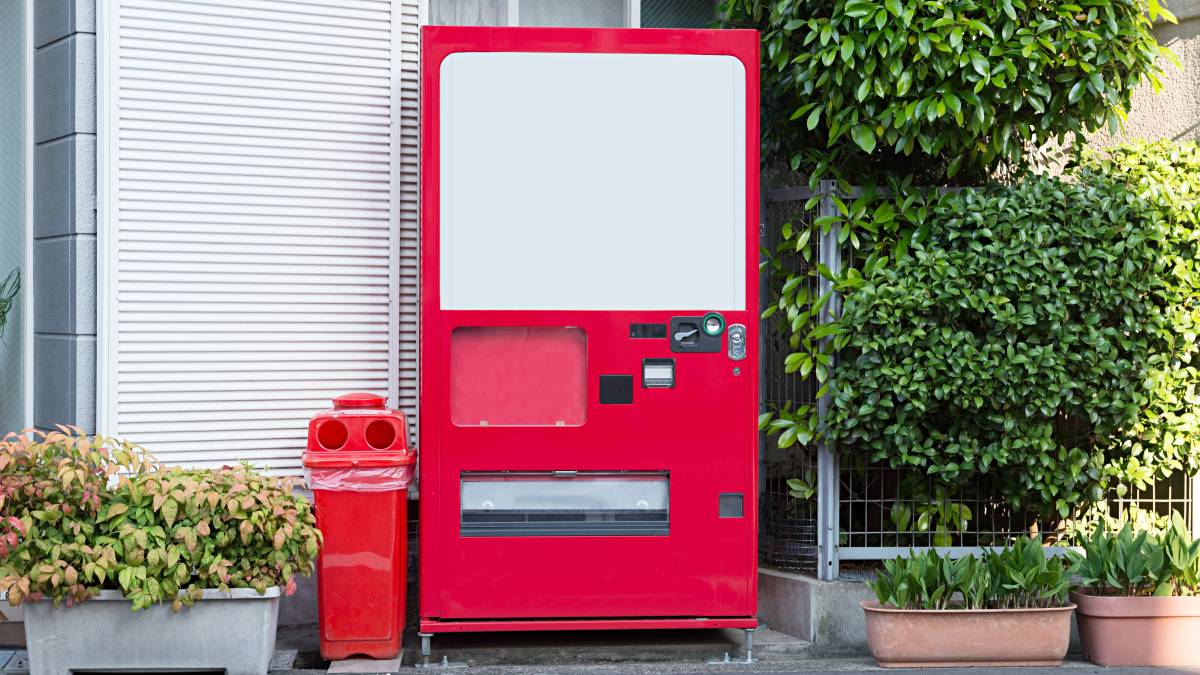
How to move a vending machine
Read more
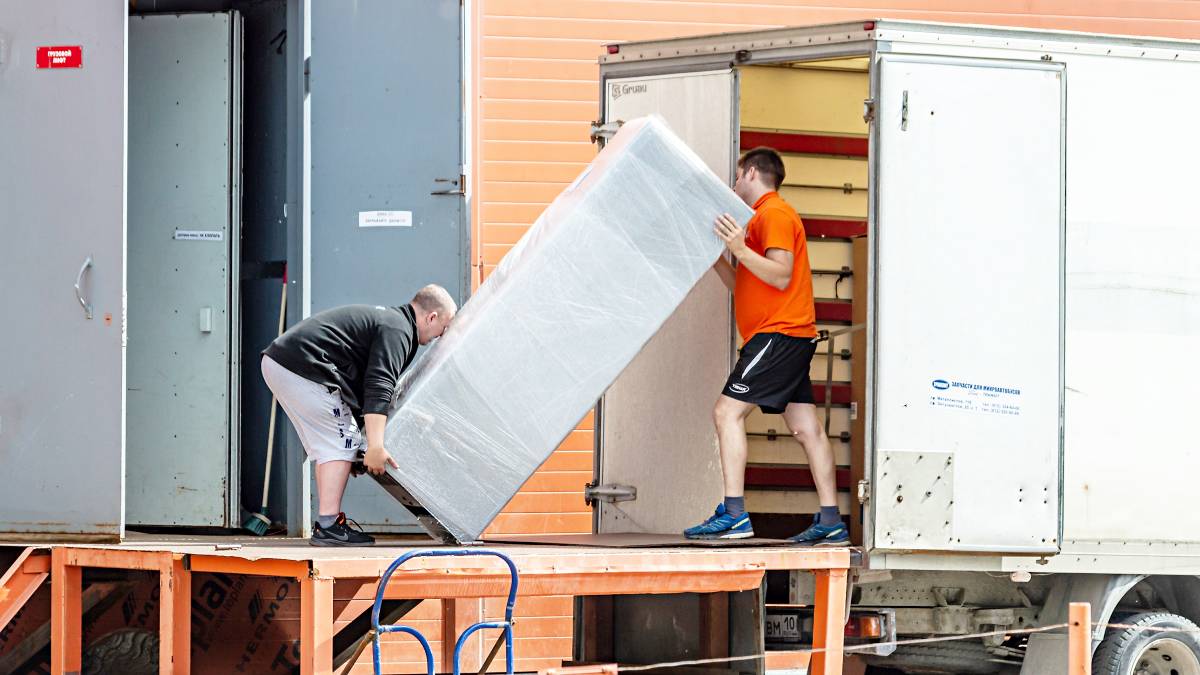
Moving a fridge: How to do it right
Read more

How to move a pinball machine
Read more

How to wrap furniture for moving
Read more

What moving companies won’t move
Read more
Related price guides
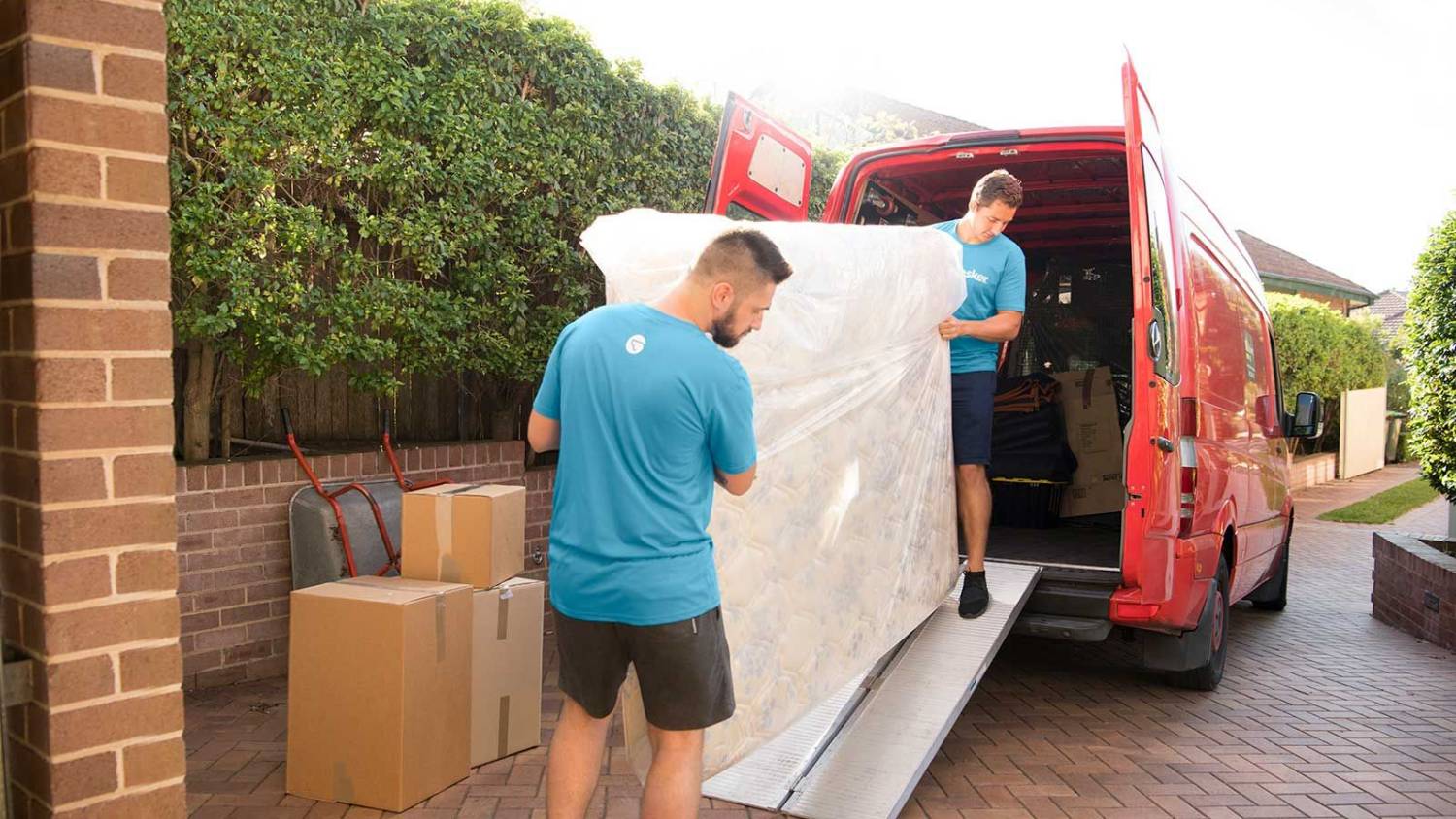
How much does it cost to move house?
Read more
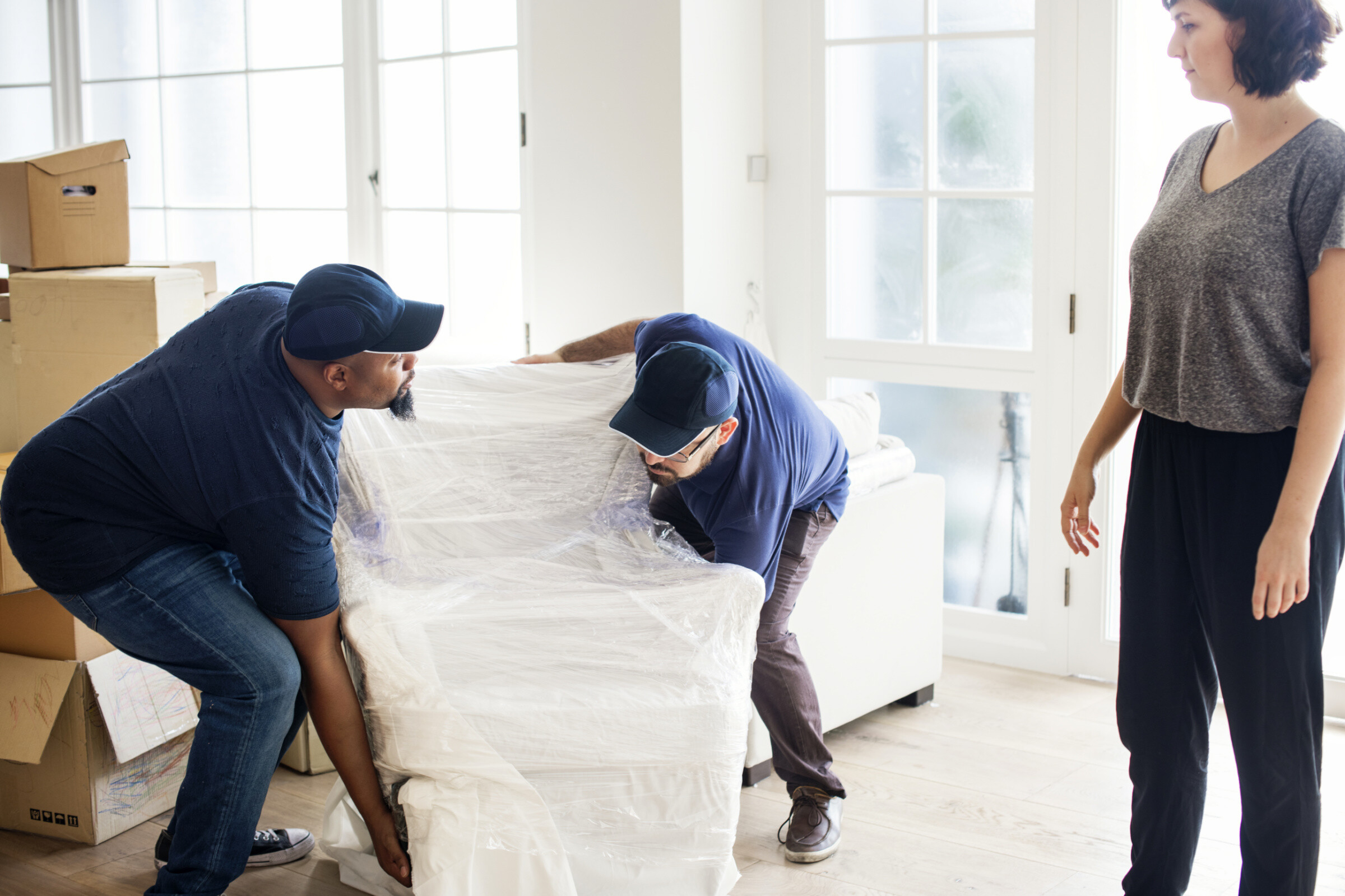
How much does it cost to move house?
Read more
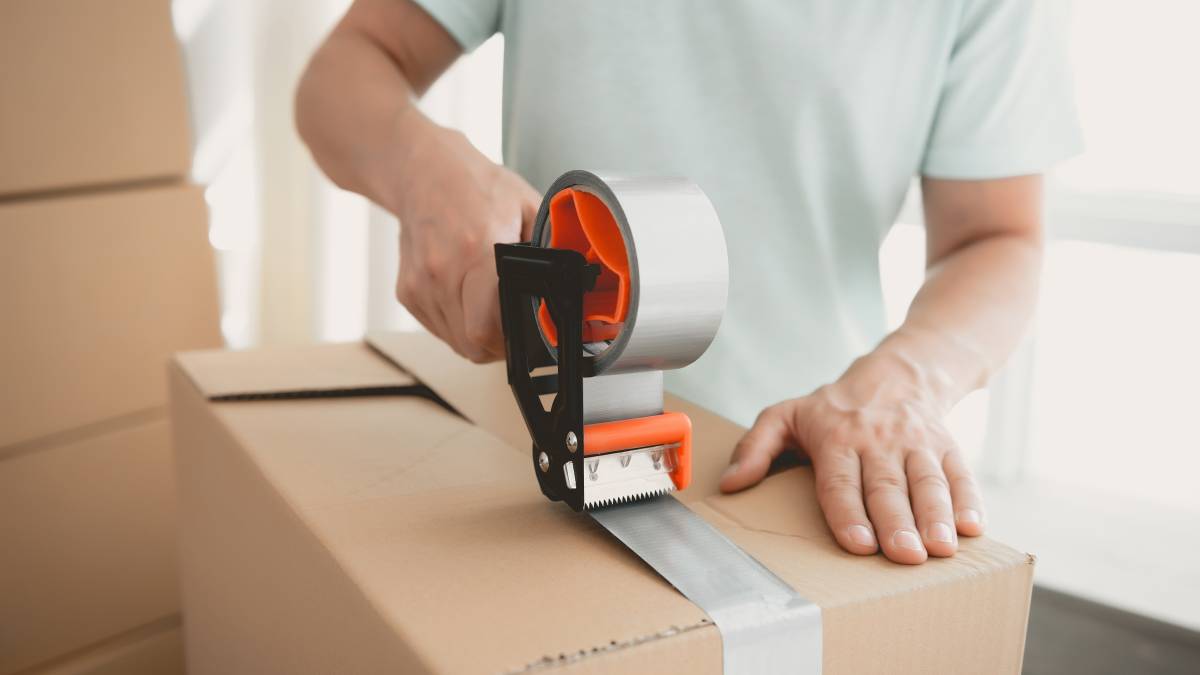
How much do packers cost?
Read more
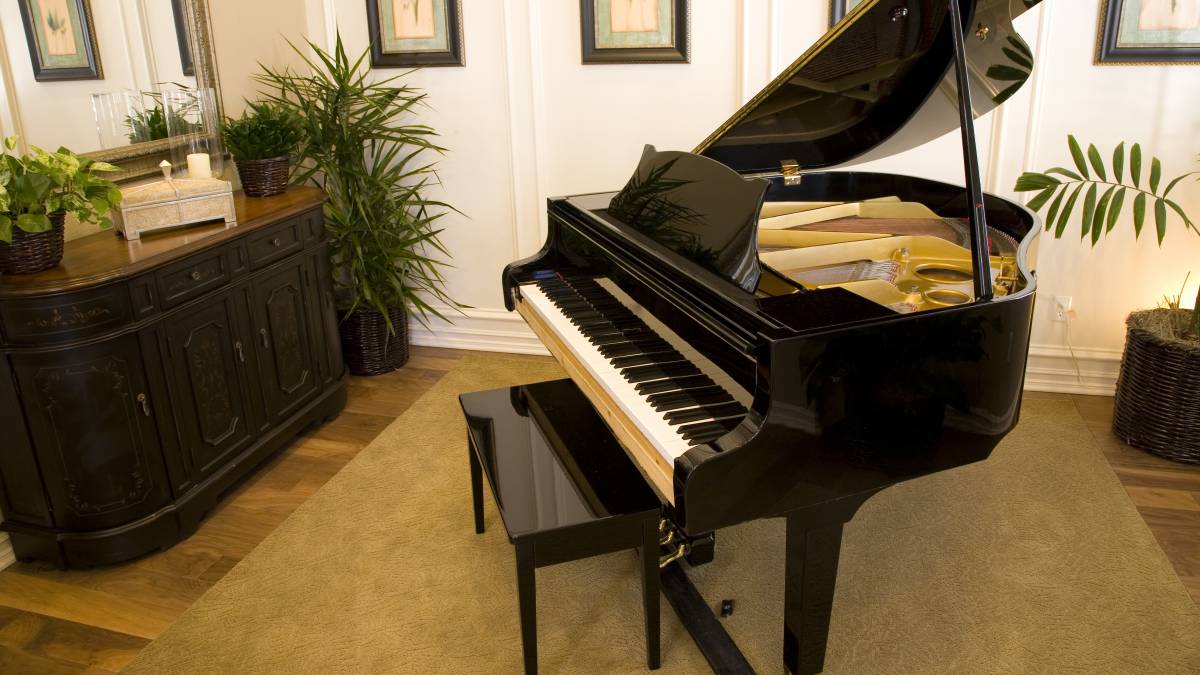
How much does piano moving cost?
Read more


